Medical & Health Sciences

Clinical Translation of Innovative Graphene-based Therapeutics 2D-Health
Two-dimensional materials, like graphene, have enriched the world of nanoscience and shown great potential for a variety of different application areas. In medicine, the use of graphene is being developed and adapted to offer novel solutions in addressing clinical challenges. The 2D-Health research programme, headed by Professor Kostas Kostarelos, is a multi-disciplinary research effort looking to engineer and refine graphene-based technologies that can be clinically utilised. Based mainly at the University of Manchester, work at 2D-Health is split into three Themes addressing needs in wound care and orthopaedic surgery, cell therapeutics and cancer immunotherapy. This exciting work is aiming to offer novel solutions in healthcare whilst deepening our knowledge of two-dimensional materials interacting with the living body.
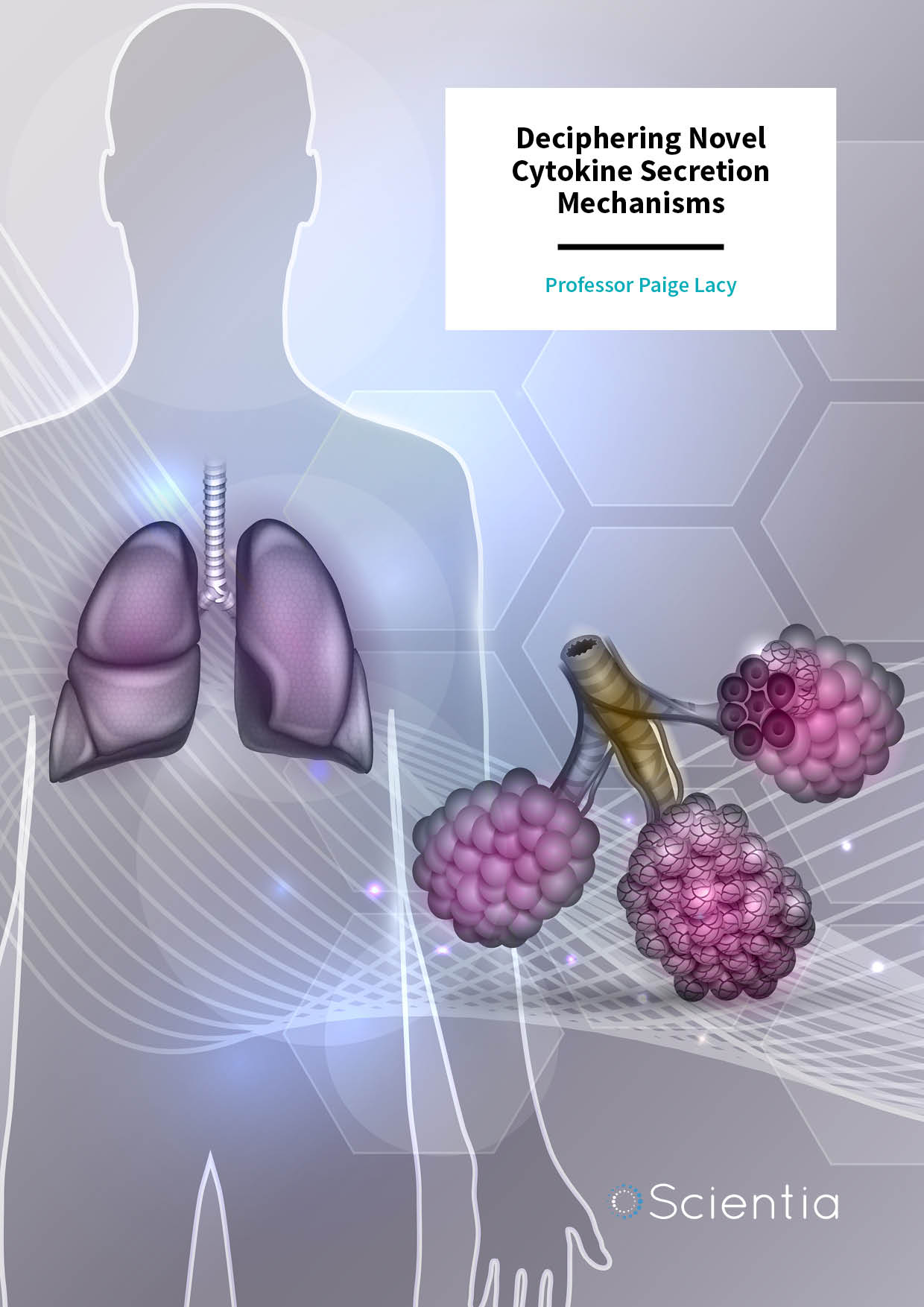
Professor Paige Lacy | Deciphering Novel Cytokine Secretion Mechanisms
Following exposure to injury or infection, the body elicits a counteractive immune response which involves many different cell types and processes. Cytokines are substances secreted by cells which play a pivotal role in the regulation of this response. Professor Paige Lacy and colleagues in the Department of Medicine at the University of Alberta in Edmonton, Canada, have conducted extensive research into the exact mechanisms underpinning the regulation of cytokine release during the immune response with a particular focus on airway inflammatory disorders.
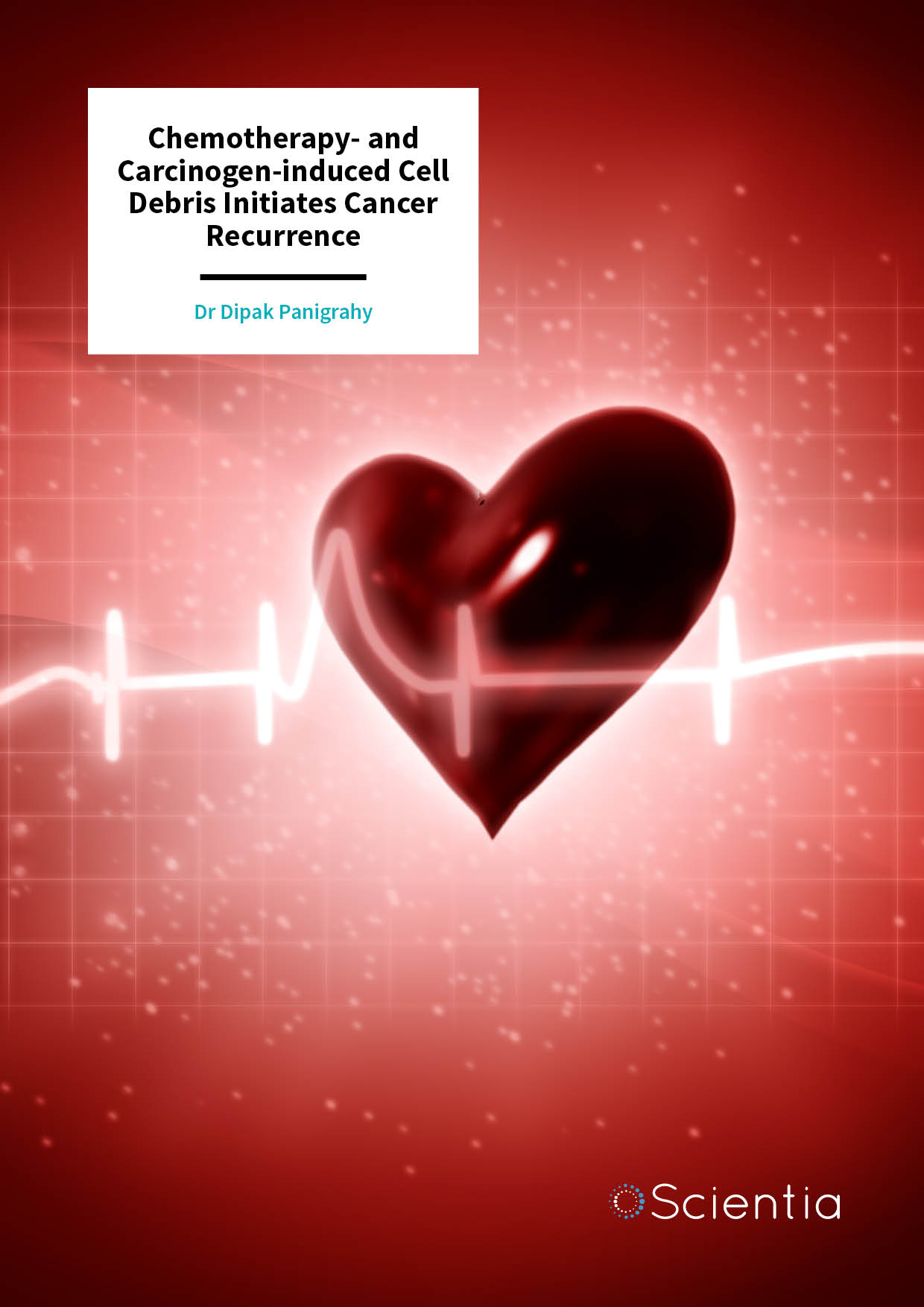
Dr Dipak Panigrahy | Chemotherapy- and Carcinogen-induced Cell Debris Initiates Cancer Recurrence
Chemotherapy, one of the mainstays of cancer treatment, can unfortunately act as a double-edged sword. While achieving the intended aim of killing cancerous cells, it also generates an accumulation of cell debris, which in turn, promotes tumour growth by stimulating inflammation in the tumour microenvironment. Dr Dipak Panigrahy and his colleagues from Harvard Medical School, USA, have conducted several studies in mice showing that targeting the tumour cell debris-mediated surge of proinflammatory and protumourigenic factors provides a strategy for enhancing the efficacy of chemotherapy.

Dr Doug Brugge | The Community Assessment of Freeway Exposure and Health Studies: Minimising Exposure to Traffic-related Air Pollution
People who live close to busy roads and highways are exposed to high levels of traffic-related air pollution. This puts them at risk of significant health difficulties such as high blood pressure, heart attacks and cancer. The Community Assessment of Freeway Exposure and Health Studies led by Dr Doug Brugge from the University of Connecticut represent community-engaged research into the biological impact of high exposure to pollution and importantly, possible solutions to this. This work has shown that high-efficiency particulate arrestance filters are one promising intervention for minimising exposure to pollution and thus improving health.
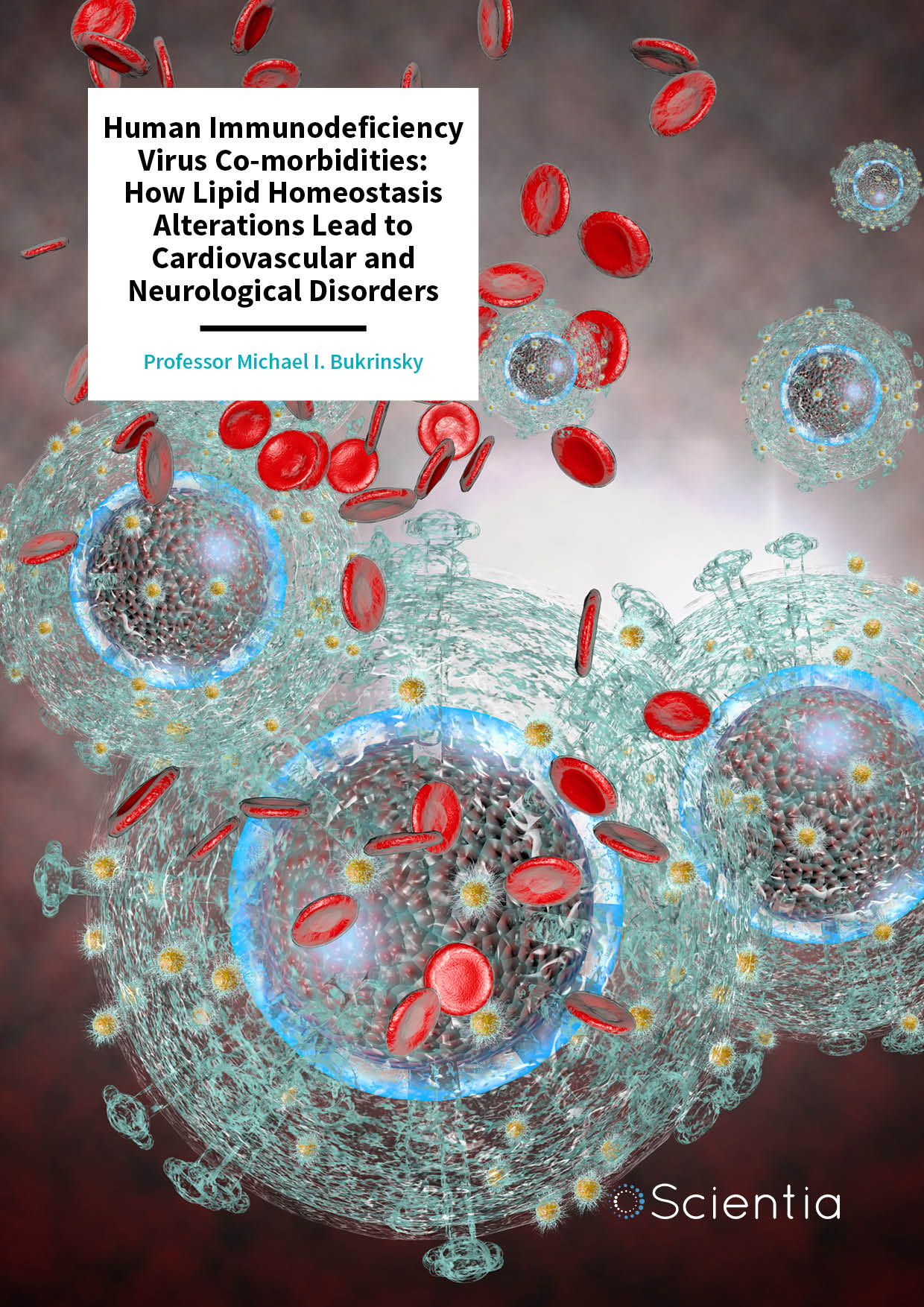
Professor Michael Bukrinsky | Human Immunodeficiency Virus Co-morbidities: How Lipid Homeostasis Alterations Lead to Cardiovascular and Neurological Disorders
Although human immunodeficiency virus (HIV) is still prevalent worldwide, life-saving antiretroviral drugs can now prevent an infection from progressing into acquired immunodeficiency syndrome (AIDS). Nevertheless, people who are HIV-positive are still at increased risk of developing neurological disorders and cardiovascular diseases, known as co-morbidities. Professor Michael Bukrinsky from the George Washington University in Washington DC works to understand the underlying biological mechanisms that lead to these disorders. His research has produced interesting results that demonstrate the role of altered lipid (cholesterol) homeostasis in HIV-infected cells and how this comes to pass.
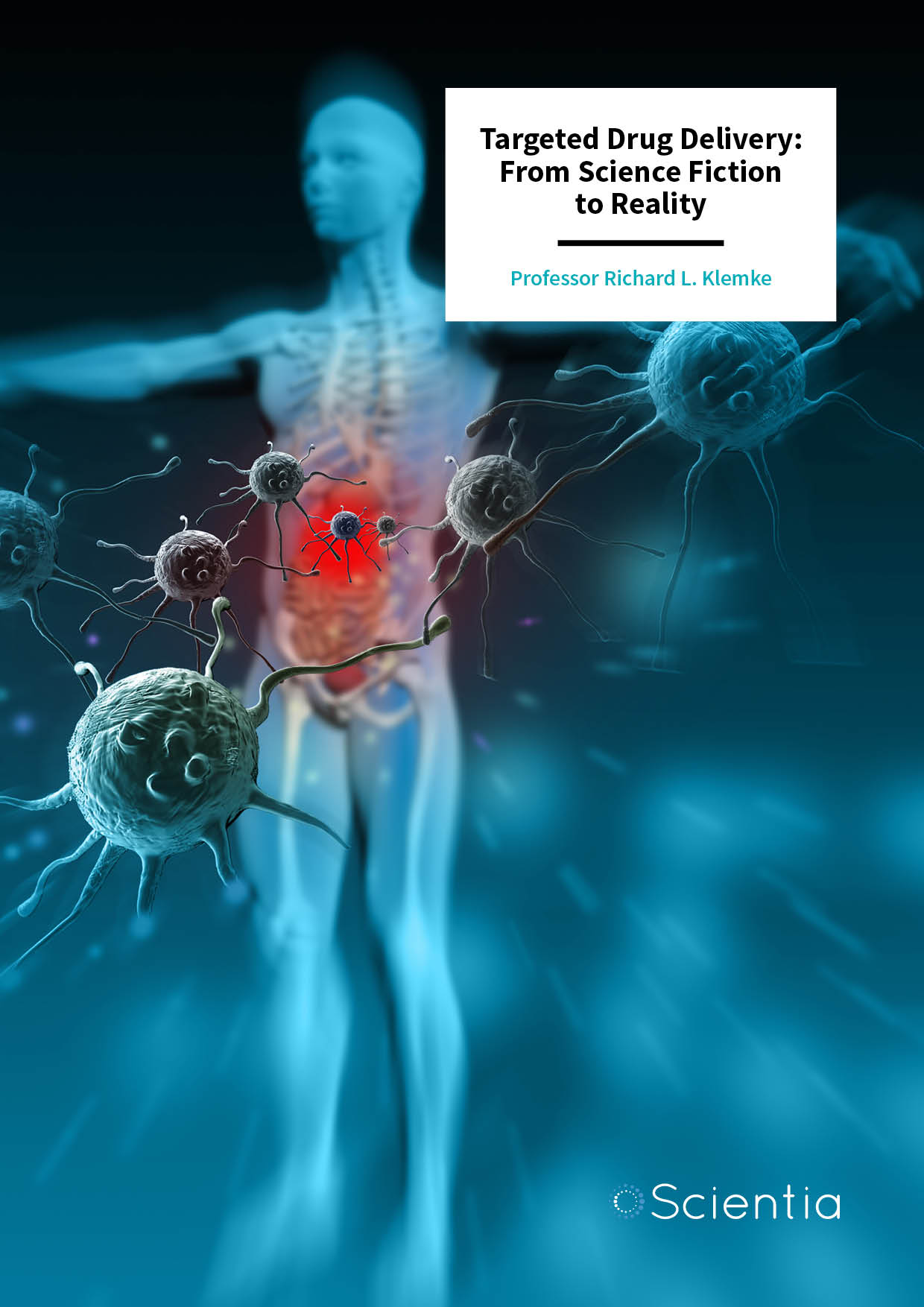
Professor Richard Klemke | Targeted Drug Delivery: From Science Fiction to Reality
Most human diseases are localised in terms of their location but currently, injected or orally administered drugs are evenly distributed all over the body and thus, act indiscriminately. The targeted delivery of medication to the exact site where it is needed is a common theme in science fiction but thanks to Professor Richard Klemke and his team at the University of California San Diego’s Moores Cancer Center, this fantasy may soon become a reality.
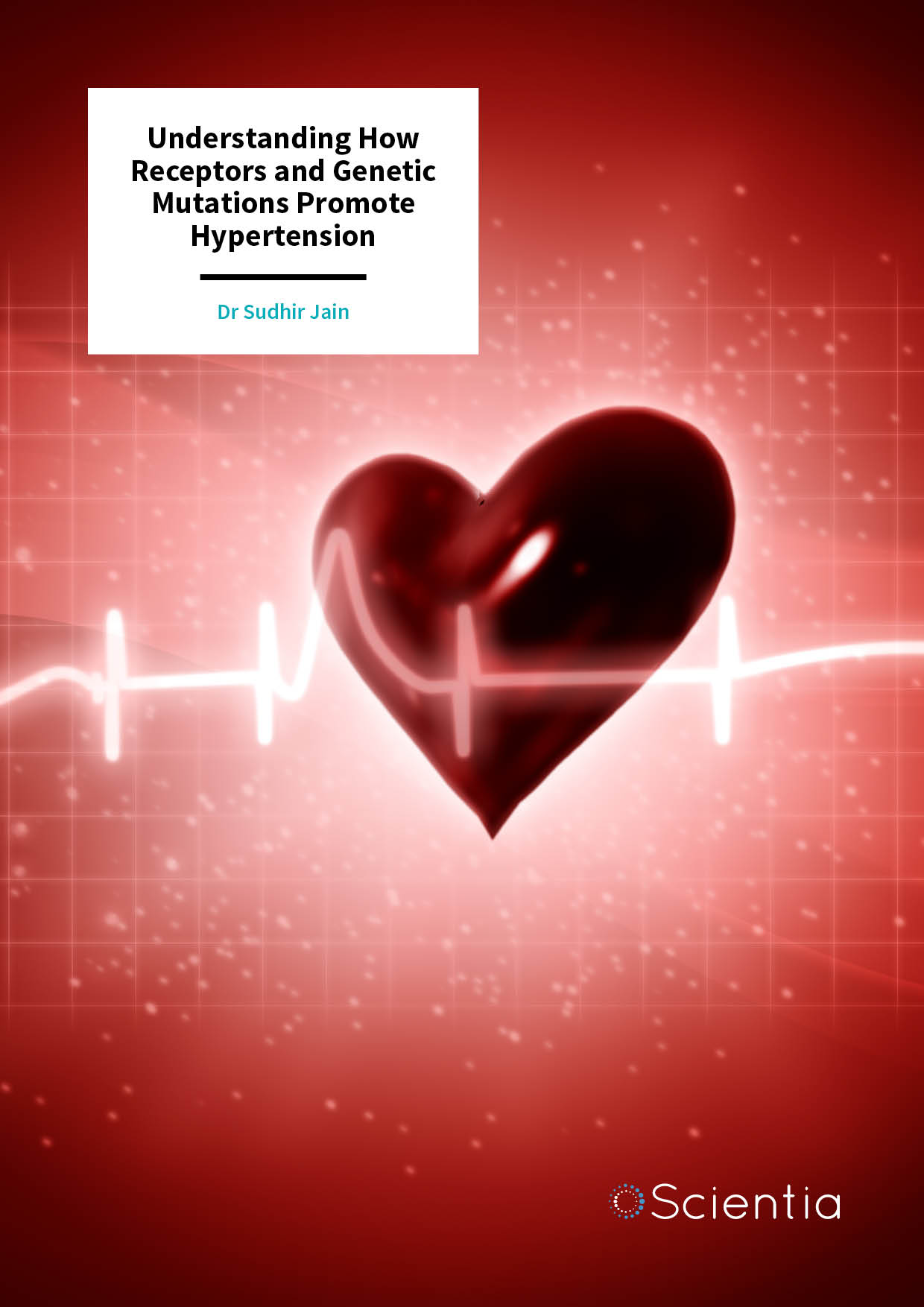
Dr Sudhir Jain | Understanding How Receptors and Genetic Mutations Promote Hypertension
Hypertension (high blood pressure) is a common health issue in adults that can lead to numerous co-morbidities. For hypertension to develop, a pathway called the renin-angiotensin-aldosterone system needs to be activated, and a vital part of this system involves the angiotensin 1 receptor. Dr Sudhir Jain from New York Medical College studies this receptor and how specific groups of genetic mutations, known as haplotypes, promote hypertension under different conditions.
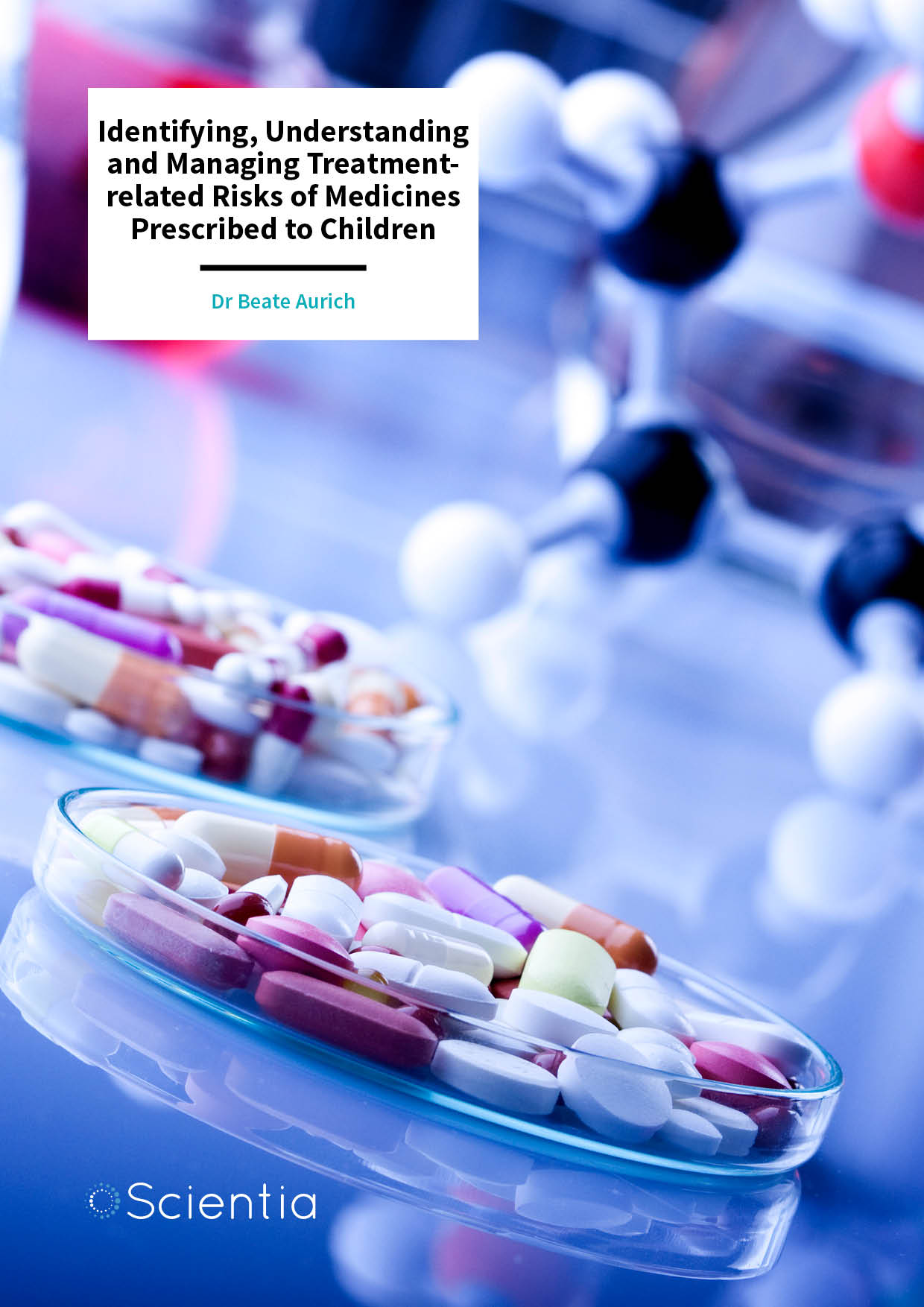
Dr Beate Aurich | Identifying, Understanding and Managing Treatment-related Risks of Medicines Prescribed to Children
The relatively new field of paediatric pharmacovigilance aims to improve the clinical care of children by understanding and appropriately managing the risks of medicines administered to this group of patients. Dr Beate Aurich is an established expert in this field, and with colleagues, has published an article on the practical aspects of paediatric pharmacovigilance. She notes that the assessment of the benefit-risk balance of available treatment options should be based on multidisciplinary efforts and include both children and their families.
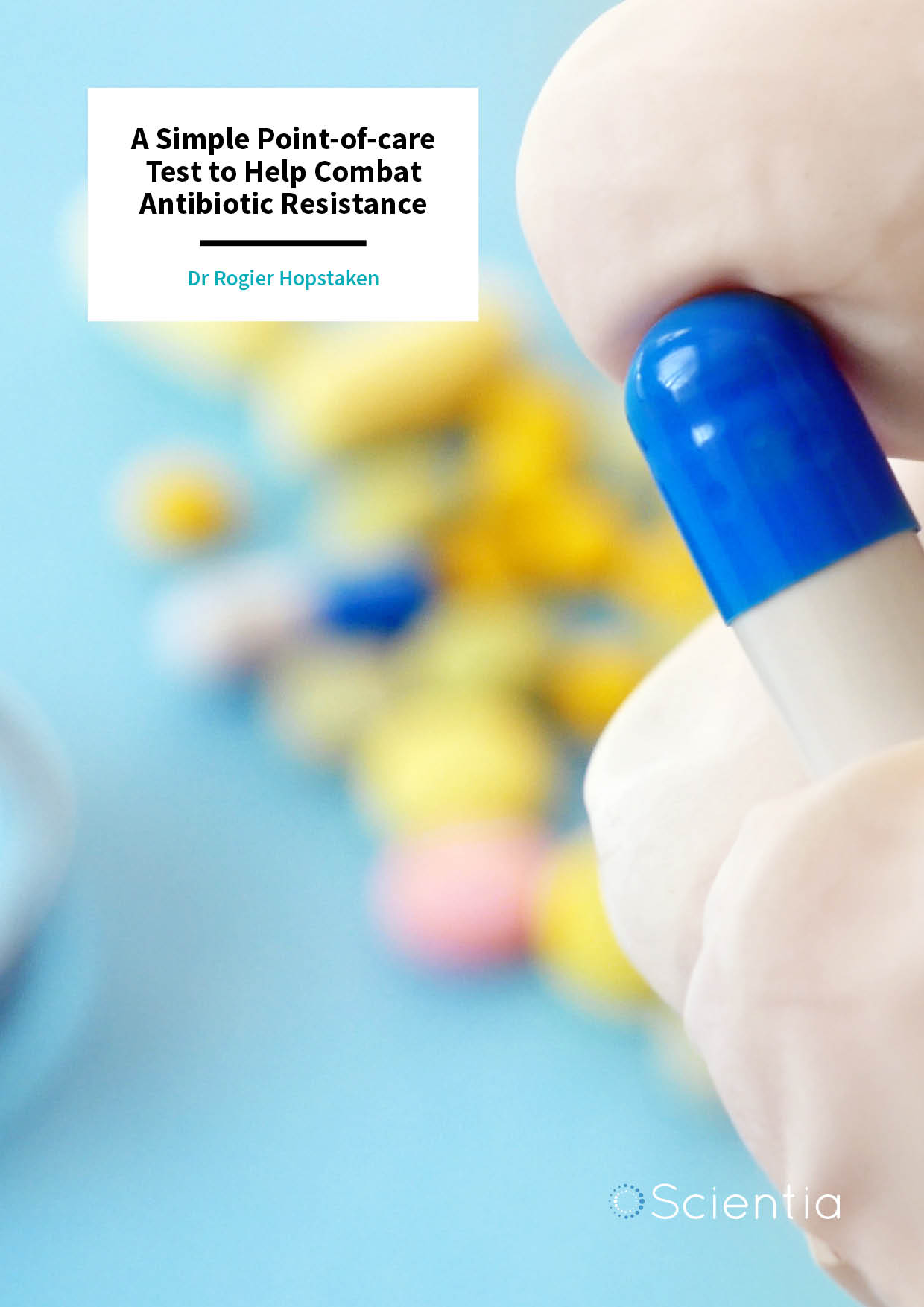
Dr Rogier Hopstaken | A Simple Point-of-care Test to Help Combat Antibiotic Resistance
As the strains of bacteria that are not killed by antibiotics proliferate, increasing numbers of people are at risk of severe illness and even death. Dr Rogier Hopstaken from Star-shl Diagnostic Centres in the Netherlands has shown that a simple, yet effective technique may be the answer to antibiotic over-prescription. A C-reactive protein test at primary points of care can indicate whether a patient with a respiratory tract infection has a severe (bacterial) infection and thus, whether antibiotics are required. This test may be our best tool yet to help combat antibiotic resistance in primary care.
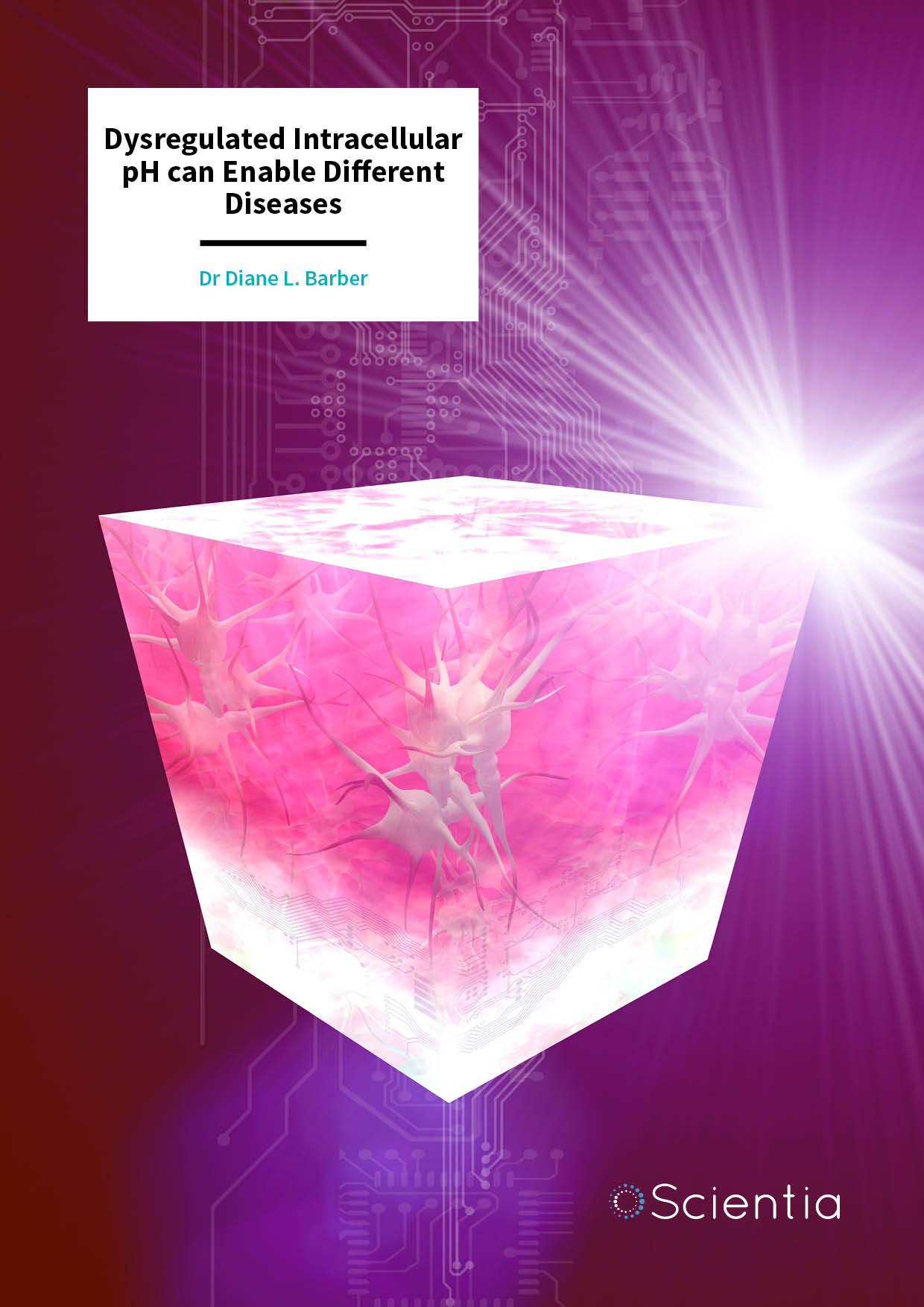
Dr Diane Barber | Dysregulated Intracellular pH can Enable Different Diseases
The pH inside our cells is constantly changing, but also carefully controlled within certain limits. Dynamic intracellular pH (pHi) is essential for normal cell behaviours, but when it becomes dysregulated, it can enable an array of diseases from cancer to Alzheimer’s. Dr Diane Barber from the University of California San Francisco has carried out extensive research into how normal pHi dynamics regulate cell behaviours and the impact that dysregulated pHi can have in different diseases.
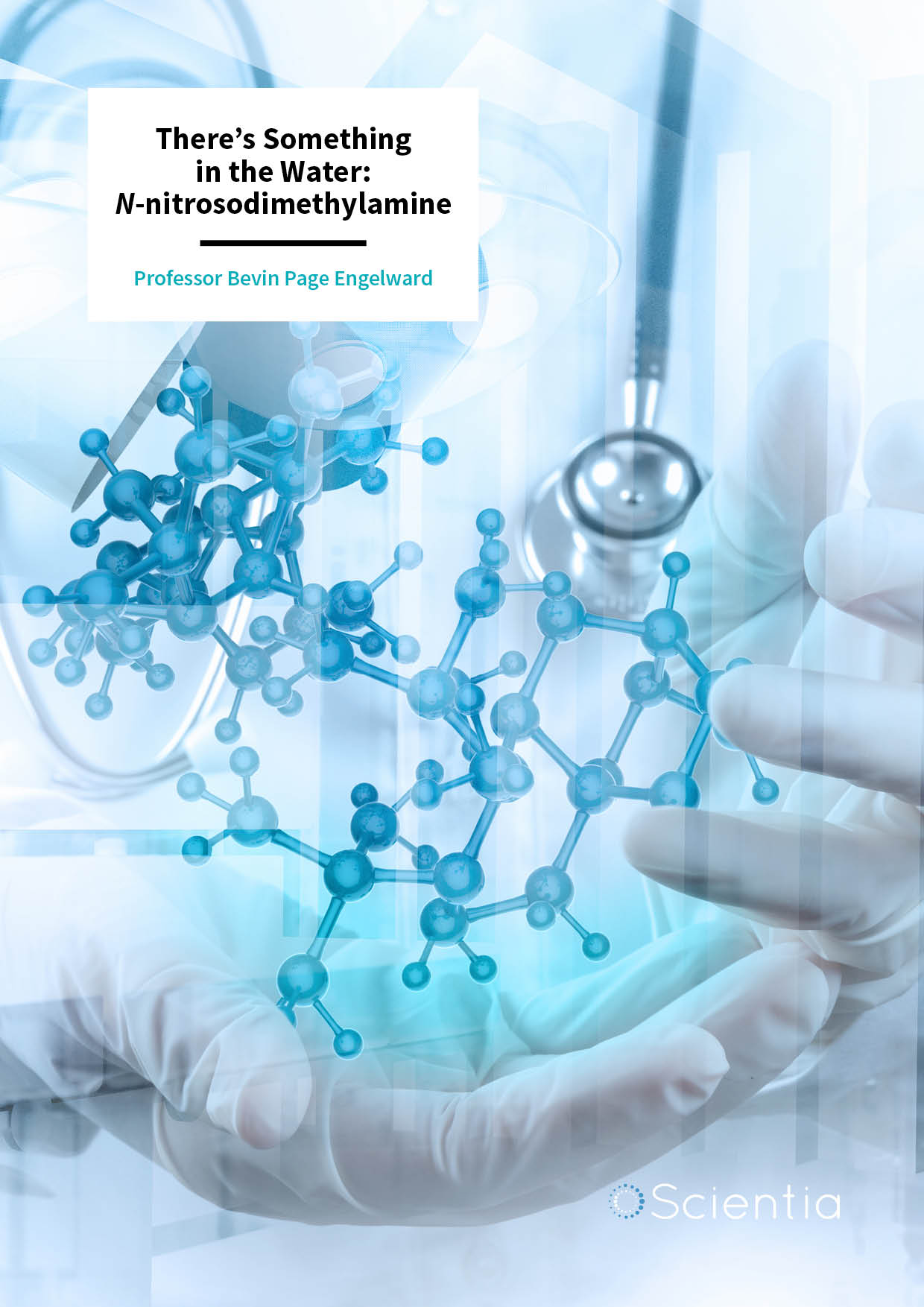
Professor Bevin Engelward | There’s Something in the Water: N-nitrosodimethylamine
N-nitrosodimethylamine (NDMA for short) is a worryingly prevalent, potentially potent carcinogen found in food, water, cigarettes and medical drugs. Researchers at the Massachusetts Institute of Technology, USA, are working to better understand what NDMA does and how cells can defend themselves from its effects, with important implications for public health.
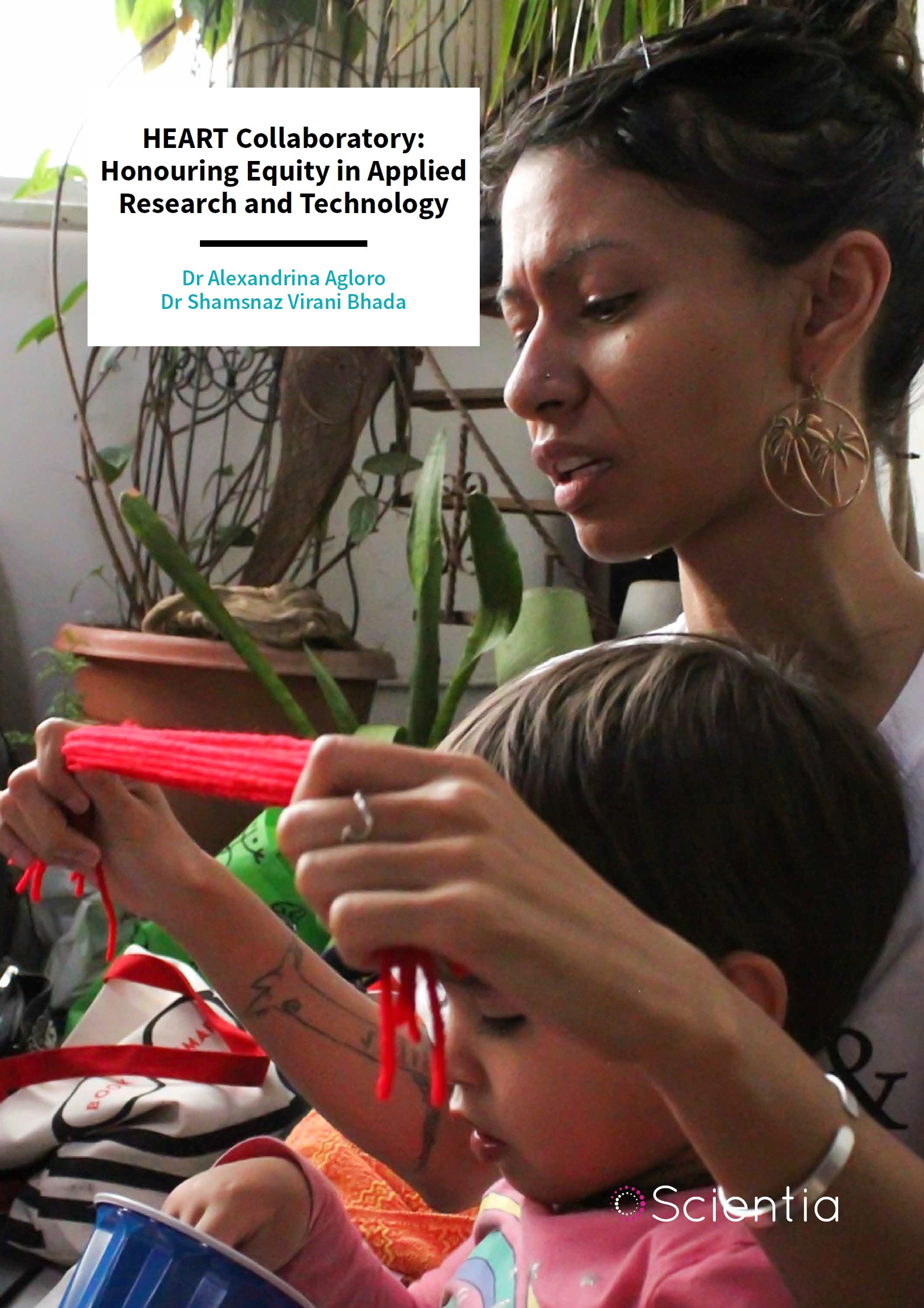
Dr Alexandrina Agloro | Dr Shamsnaz Virani Bhada – HEART Collaboratory: Honouring Equity in Applied Research and Technology
Traditionally, research and technology development are top-down processes, which do not closely consider the needs of study participants or potential users. Dr Alexandrina Agloro at Arizona State University and Dr Shamsnaz Virani Bhada at Worcester Polytechnic Institute have recently created the HEART Collaboratory. This collaboration conducts community-based research that closely considers the needs, humanity and culture of all stakeholders and study participants.
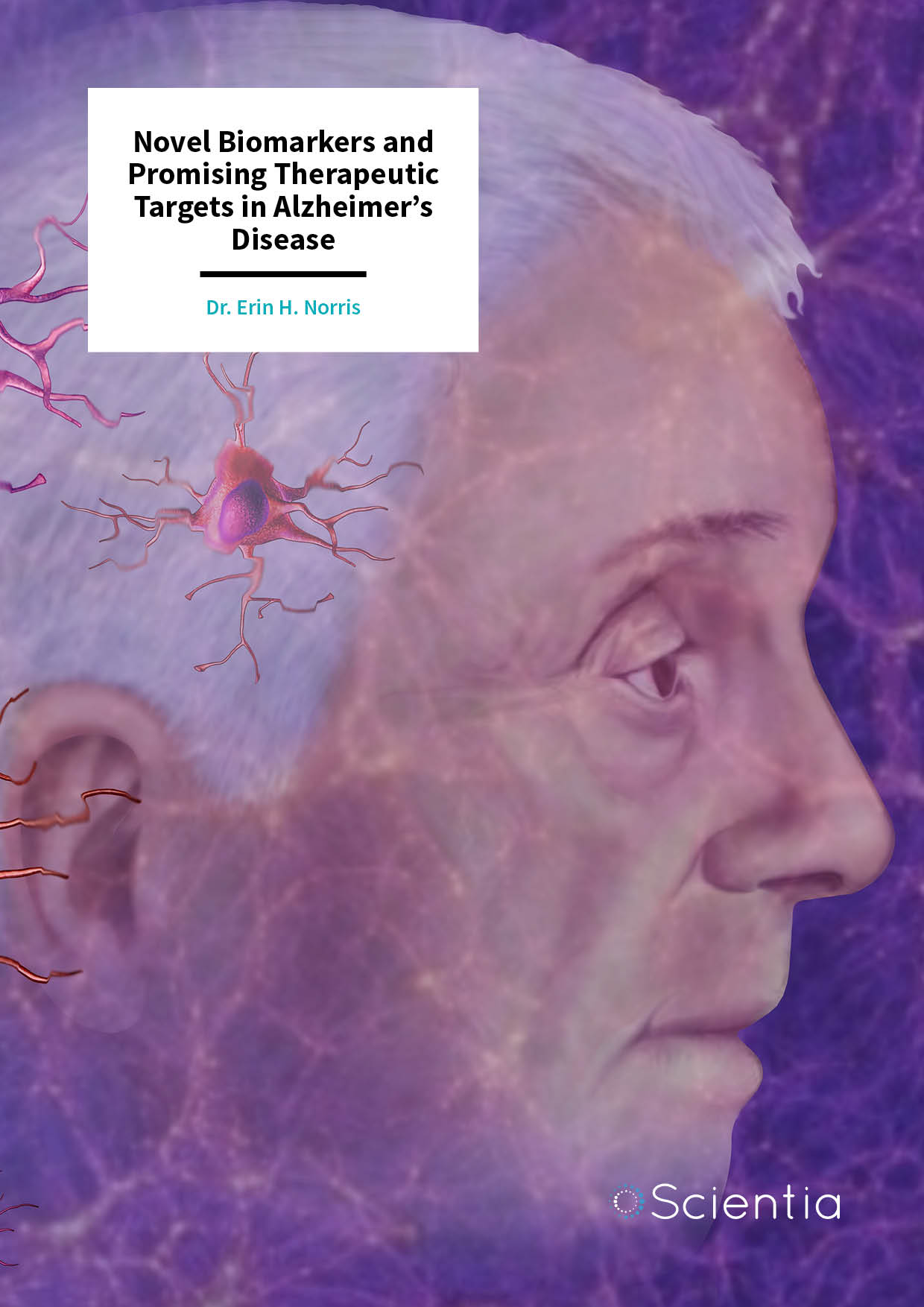
Dr. Erin Norris – Novel Biomarkers and Promising Therapeutic Targets in Alzheimer’s Disease
Alzheimer’s disease is a form of dementia that affects tens of millions of people globally. Although we can modestly improve the quality of life of patients, there is currently no cure, largely because the underlying biological mechanisms of the disease are poorly defined. Understanding the abnormal molecular characteristics of Alzheimer’s disease is the focus of Dr. Erin Norris’s research at The Rockefeller University. By studying the dysfunction of the plasma contact system, which may result in abnormal coagulation and inflammation that may lead to Alzheimer’s disease, Dr. Norris and her colleagues have uncovered novel biomarkers, paving the way for exciting new therapeutics.
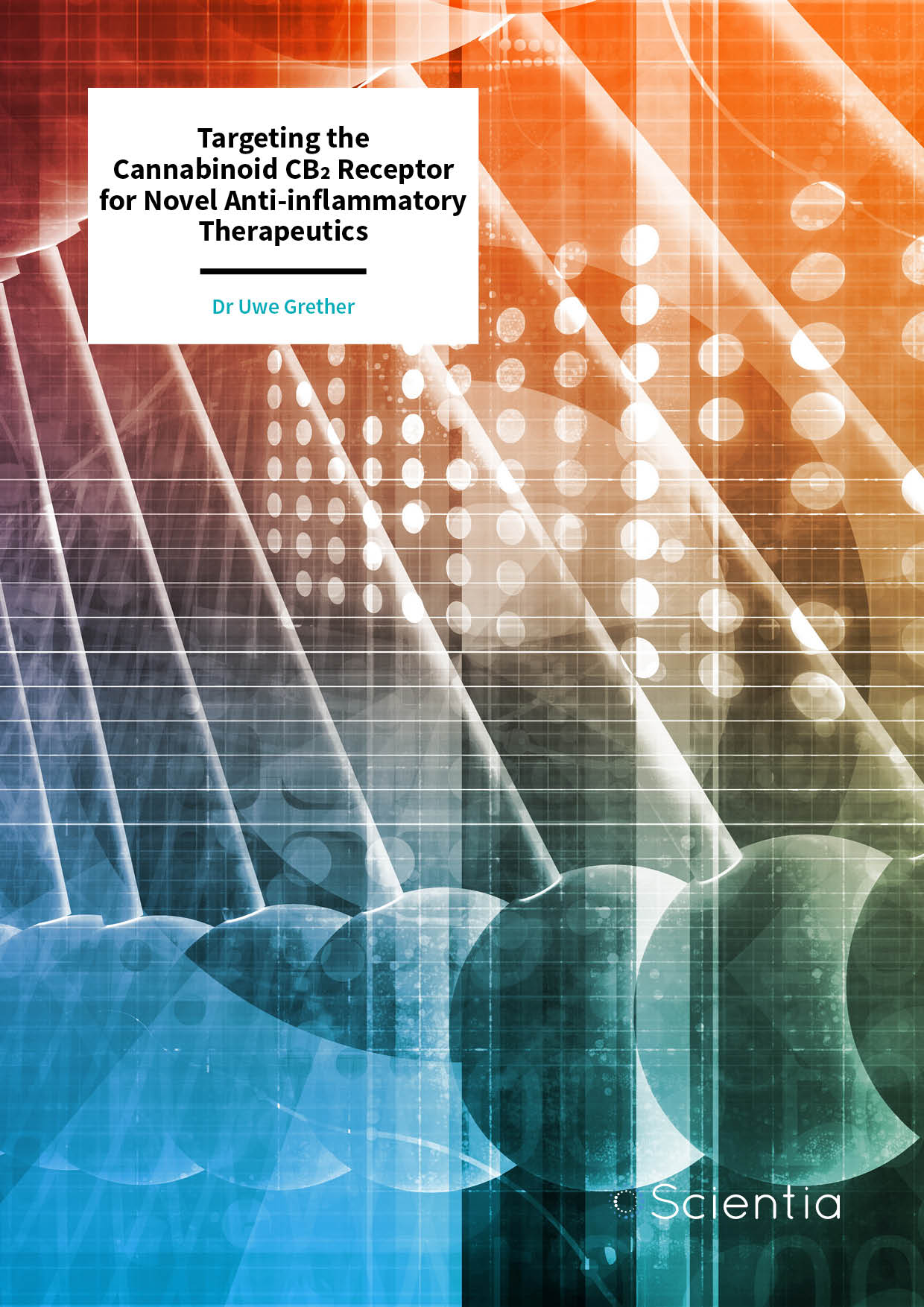
Dr Uwe Grether – Targeting the Cannabinoid CB2 Receptor for Novel Anti-inflammatory Therapeutics
On the surface of many of our cells, intriguing receptors called cannabinoid receptors reach out into their environment. The CB2 subtype of this receptor family is expressed largely on our immune cells and plays an important role in inflammatory responses, making it a promising target for anti-inflammatory therapeutics. To produce effective drugs, the molecules that bind to the CB2 receptor, known as ligands, need to be characterised. Dr Uwe Grether from F. Hoffmann-La Roche Ltd has dedicated his research to discovering useful CB2 receptor ligands and utilising them in the development of novel anti-inflammatory therapeutics.
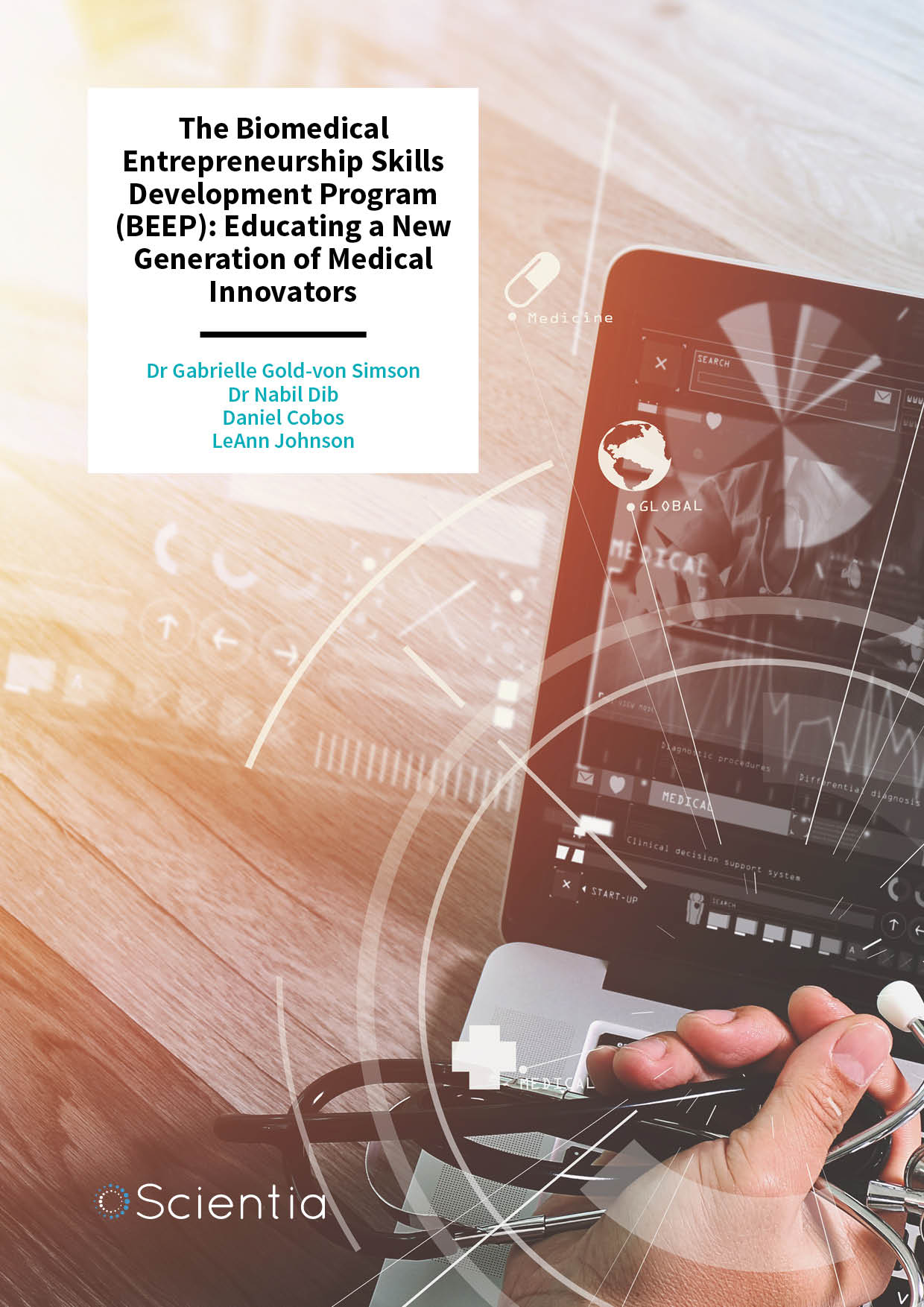
The Biomedical Entrepreneurship Skills Development Program (BEEP): Educating a New Generation of Medical Innovators
Innovative, new technologies are rapidly being introduced into the medical world, as scientists and inventors continually discover solutions to all kinds of health issues. However, comprehensive education in medical product development, business process and strategy is distinctly lacking for science students who aspire to become commercial medical innovators and entrepreneurs. Entrepreneurially minded professionals at the New York University Grossman School of Medicine developed, implemented, and integrated programs to train early scientists in the business side of science to accelerate the pace of commercialisation and encourage individuals to pursue venture creation and entrepreneurship to impact highly relevant healthcare solutions.
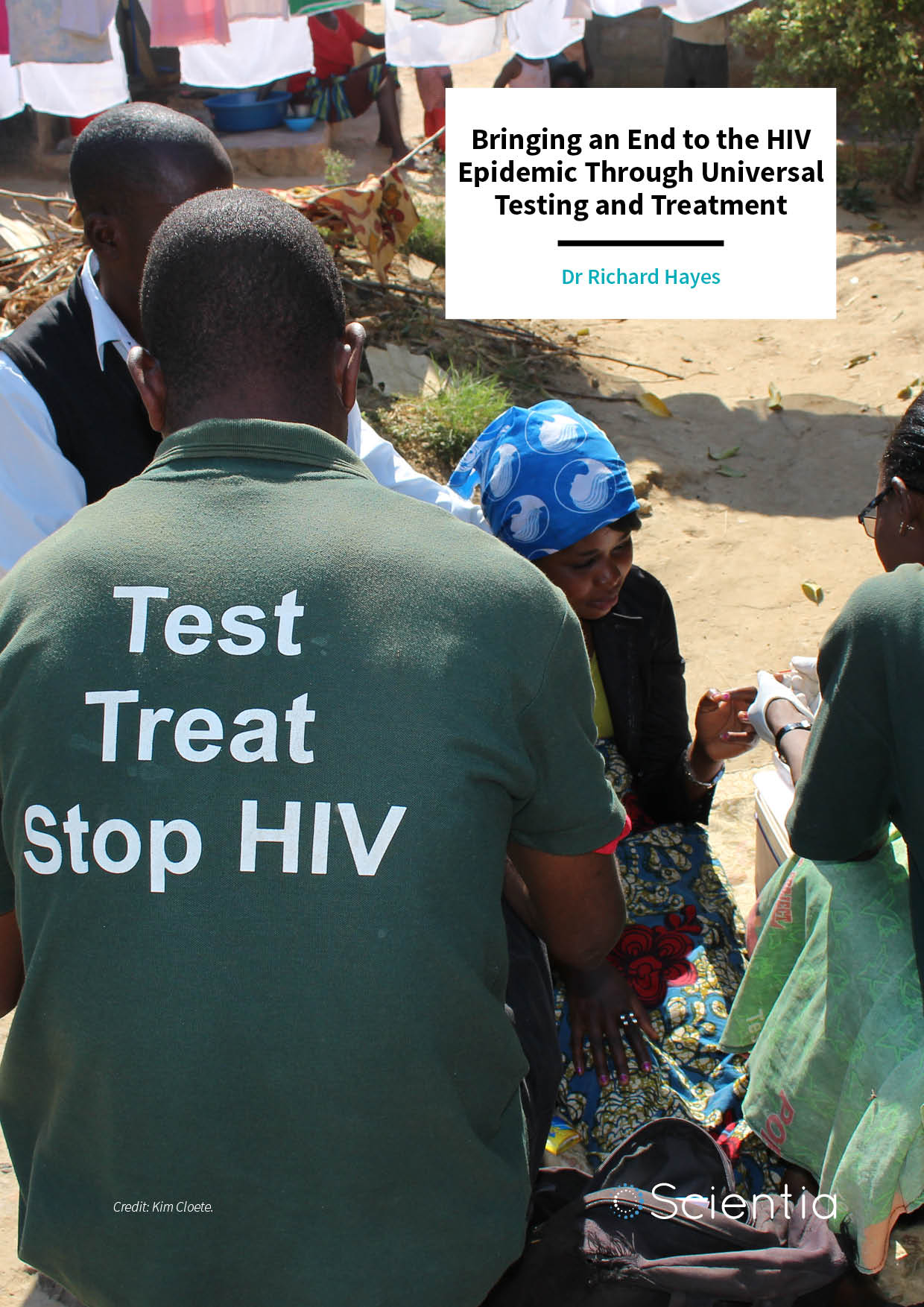
Dr Richard Hayes – Bringing an End to the HIV Epidemic Through Universal Testing and Treatment
Worldwide, an estimated 38 million people are living with HIV. Many are still unaware of their status and so are not linked to care and treatment which can prevent them from passing HIV onto their partners and infants and keep them healthy. Dr Richard Hayes from the London School of Hygiene and Tropical Medicine in the UK has led the HIV Prevention Trials Network’s 071 (PopART) trial over the past ten years. This dedicated international collaboration of experts has successfully demonstrated how universal testing and treatment can reduce new HIV infections in Zambia, South Africa and beyond.
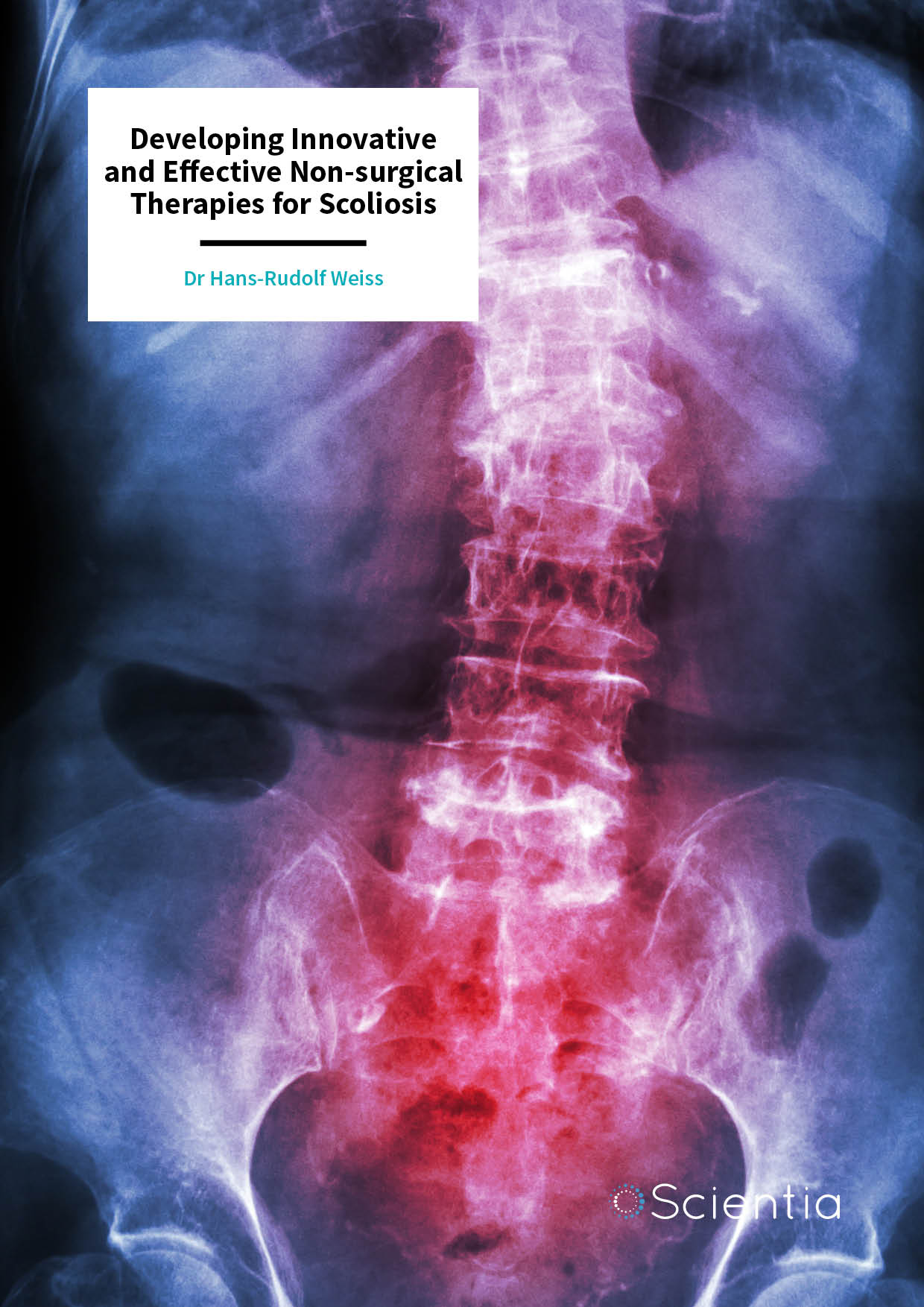
Dr Hans-Rudolf Weiss – Developing Innovative and Effective Non-surgical Therapies for Scoliosis
Scoliosis, the curving of the spine, is a relatively common condition that develops in early adolescence. Whilst there are surgical options to neutralise the curve, there is no solid evidence for its long-term impact. Dr Hans-Rudolf Weiss is an expert in scoliosis treatments and has dedicated his research to improving the care of scoliosis patients. Through his back brace innovations and novel exercise therapies, he has developed ground-breaking new standards of care for patients. Additionally, through his Schroth Best Practice program, he is educating a new generation of doctors and physiotherapists on his non-surgical methods.
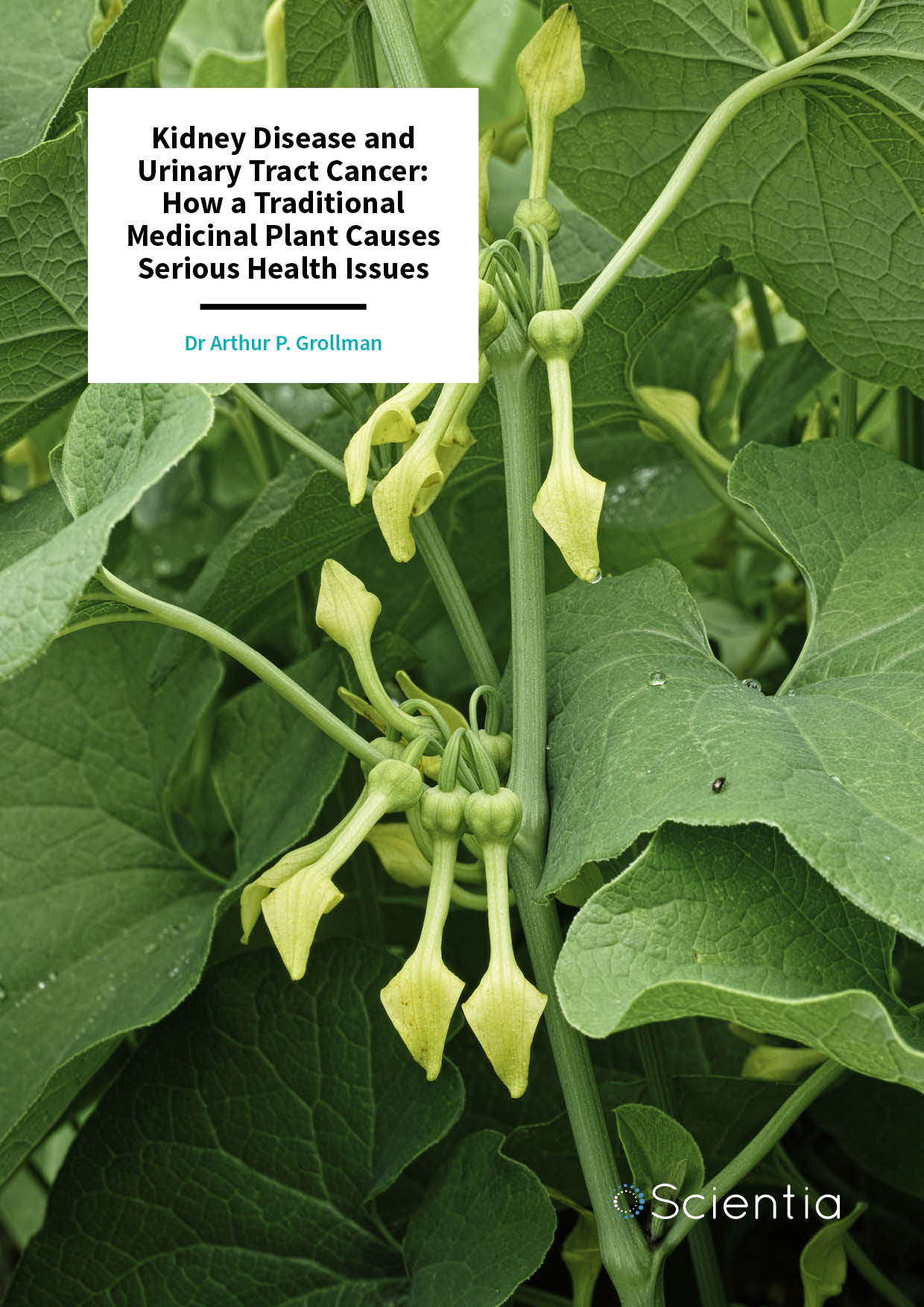
Professor Arthur Grollman | Professor Francis Johnson – Kidney Disease and Urinary Tract Cancer: How a Traditional Medicinal Plant Causes Serious Health Issues
This is a recounting of a scientific investigation into a mysterious but potentially deadly disease that first came to light principally in the Balkan states, and then several Asian countries. It manifests itself first as a nephropathy resulting in the destruction of kidney tissue often followed by a cancer of the upper urothelial tract. Professors Arthur Grollman and Francis Johnson at Stony Brook University have achieved a revolutionary understanding of the molecular biology, epidemiology and root cause of both diseases. Their findings have critical implications for medical and scientific communities, as well as the general public.

Dr Vanessa van Ast – Understanding the Malleability of Emotional Memories
Dr Vanessa van Ast from the University of Amsterdam in the Netherlands is driving forward understanding of how and why our emotional memories change over time. As well as elucidating how our memories of specific events and emotions influence behaviour, her most recent work is unveiling the impact that different contexts may have on the storage and recall of memories.
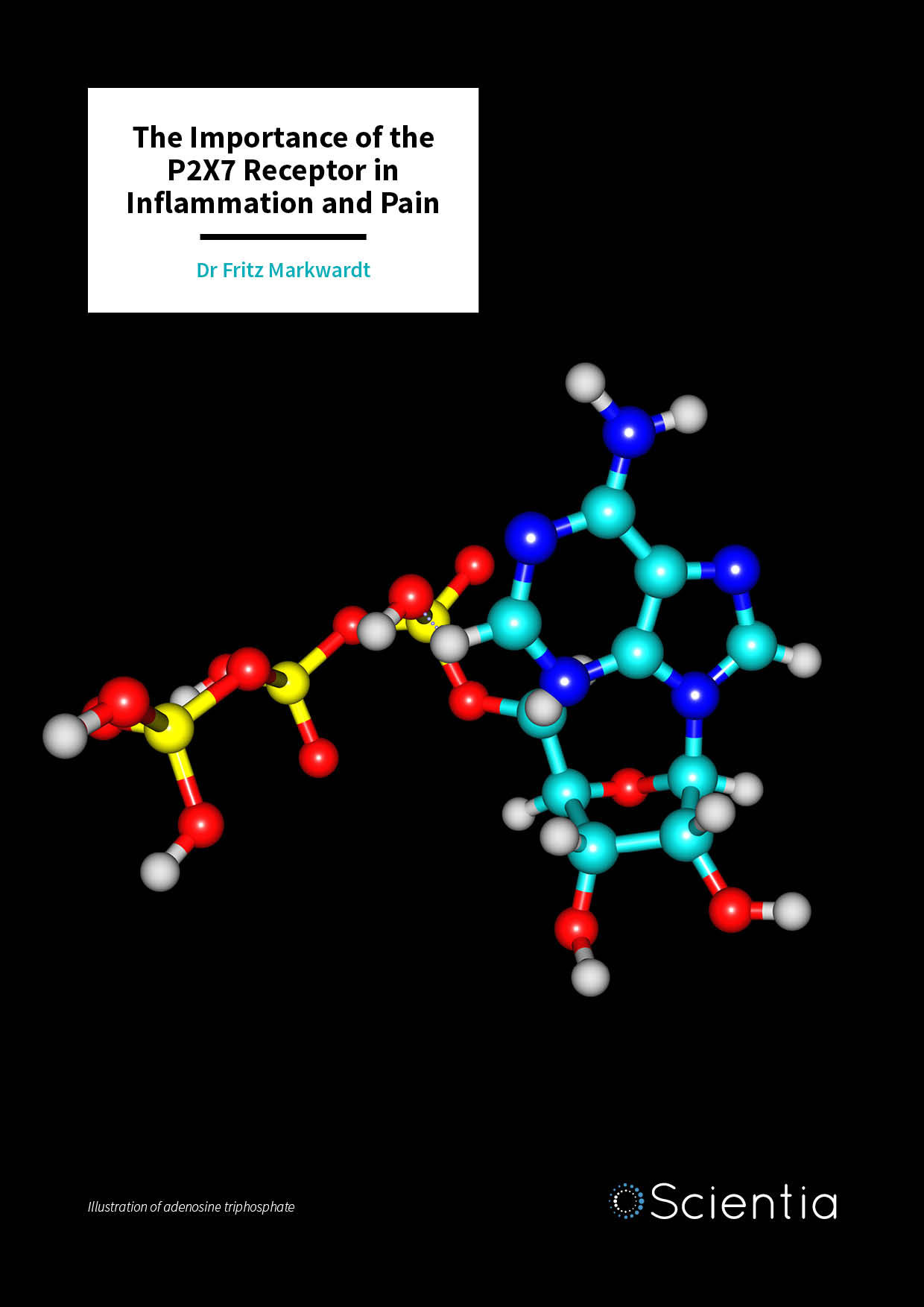
Dr Fritz Markwardt – The Importance of the P2X7 Receptor in Inflammation and Pain
Physiological responses to inflammation and pain are complex and varied, depending on which cellular structure you focus on. Planted within our cell membranes is a channel that facilitates the transport of ions in response to perceived dangers. Named P2X7 receptor, this channel subtype is activated by adenosine triphosphate (ATP) to open the gate for ions, and is of particular interest to Dr Fritz Markwardt at Martin-Luther-University Halle-Wittenberg in Germany. Dr Markwardt studies P2X7 to elucidate its structure, function and ATP activation mechanisms to provide novel avenues for drug development.
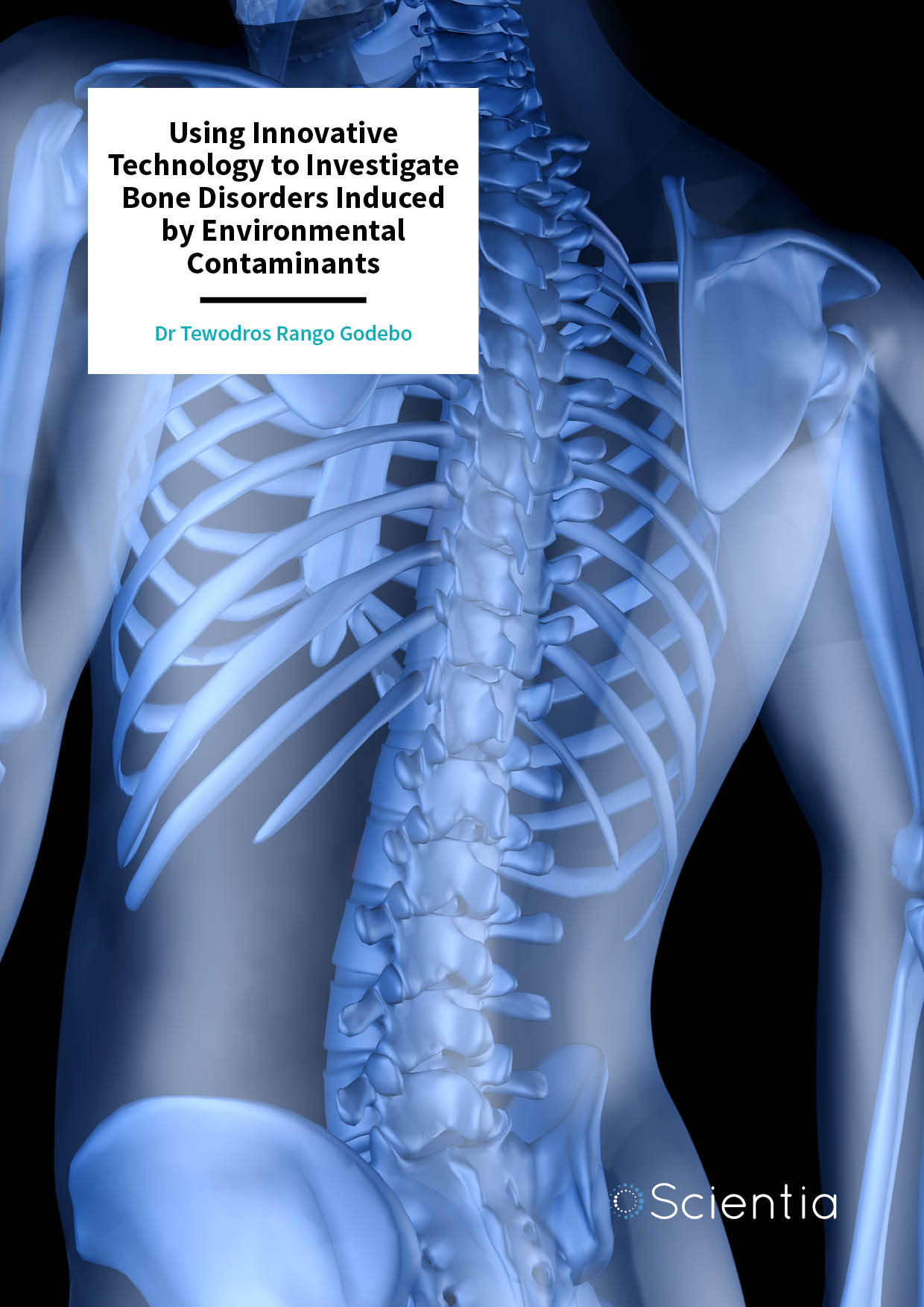
Dr Tewodros Rango Godebo – Using Innovative Technology to Investigate Bone Disorders Induced by Environmental Contaminants
Throughout the world, especially in low-income countries, environmental contaminants such as fluoride have huge health consequences. While some countries add fluoride to their drinking water, others have little control over its concentration, resulting in dangerously high fluoride concentrations. Excess fluoride exposure is known to cause the bone disease skeletal fluorosis, but Dr Tewodros Rango Godebo from Tulane University in Louisiana, USA, believes that current diagnosis techniques are incomplete. Using ultrasound technology, he has determined for the first time how fluoride exposure leads to reduced bone quality, and how this diagnosis can be used in fluoride-exposed populations.

Dr Chao-Pin Hsiao – Understanding Fatigue: The Debilitating Side-effect of Cancer Treatment
Cancer comes with many symptoms, but its life-saving treatments also cause negative side effects. One of these is radiation-induced fatigue, a clinical subtype of cancer-related fatigue and a debilitating issue that causes extreme lack of energy in those receiving radiation therapy. While this is a well-known effect of the treatment, exactly why it happens is unclear. Dr Chao-Pin Hsiao at Frances Payne Bolton School of Nursing in Case Western Reserve University, Ohio, is studying the molecular and genetic-level mechanisms that drive fatigue induced by cancer/cancer treatments. Her work on finding fatigue biomarkers provides promise for future combative therapies.
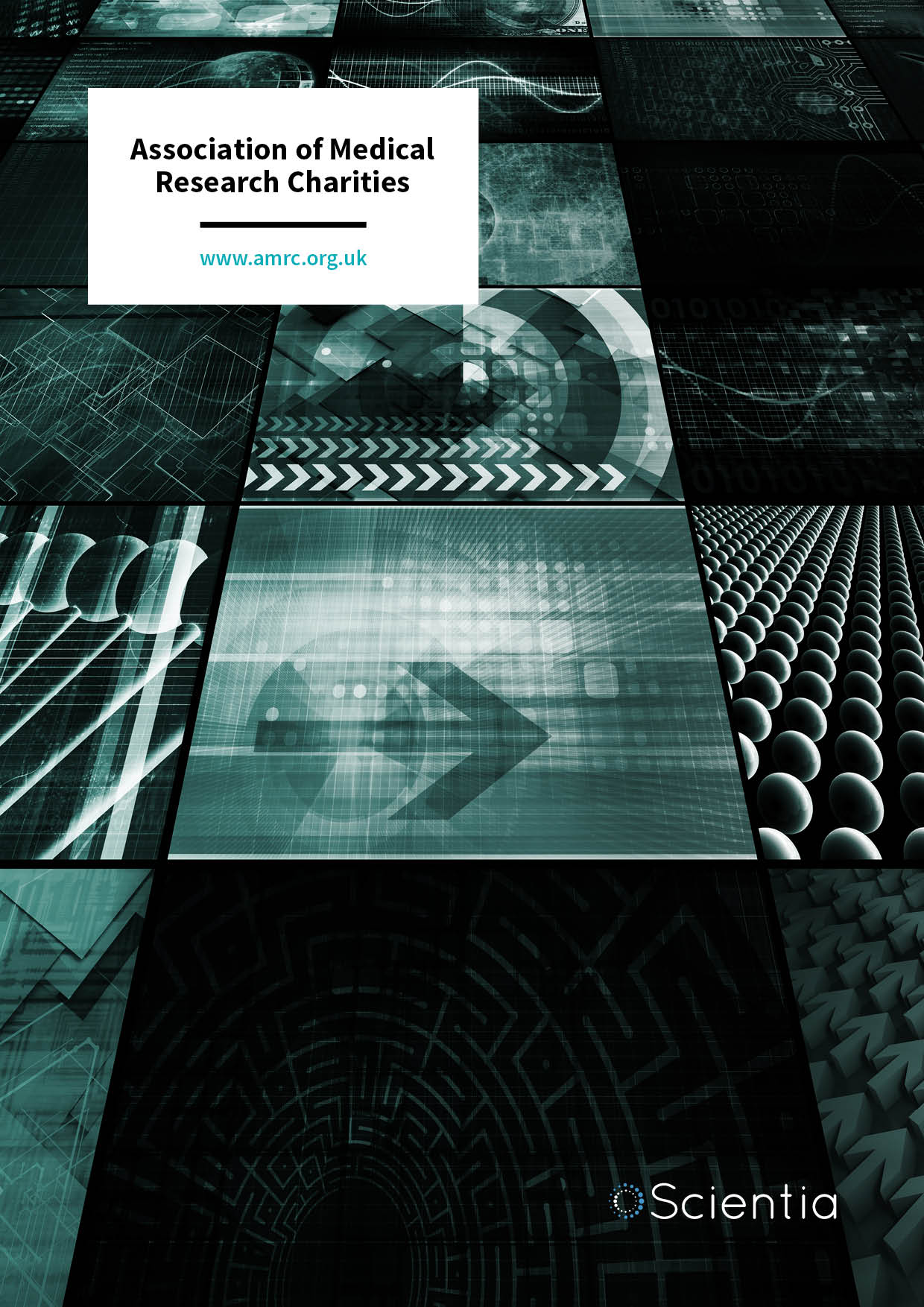
Association of Medical Research Charities
The Association of Medical Research Charities (AMRC) is dedicated to supporting medical research charities in saving and improving lives through research and innovation. Founded over 30 years ago, the AMRC has united more than 150 medical research charities in all areas of health and disease throughout the UK and overseas. In this exclusive interview, we follow up our 2019 interview with the new Chief Executive, Nicola Perrin, to hear their latest news.
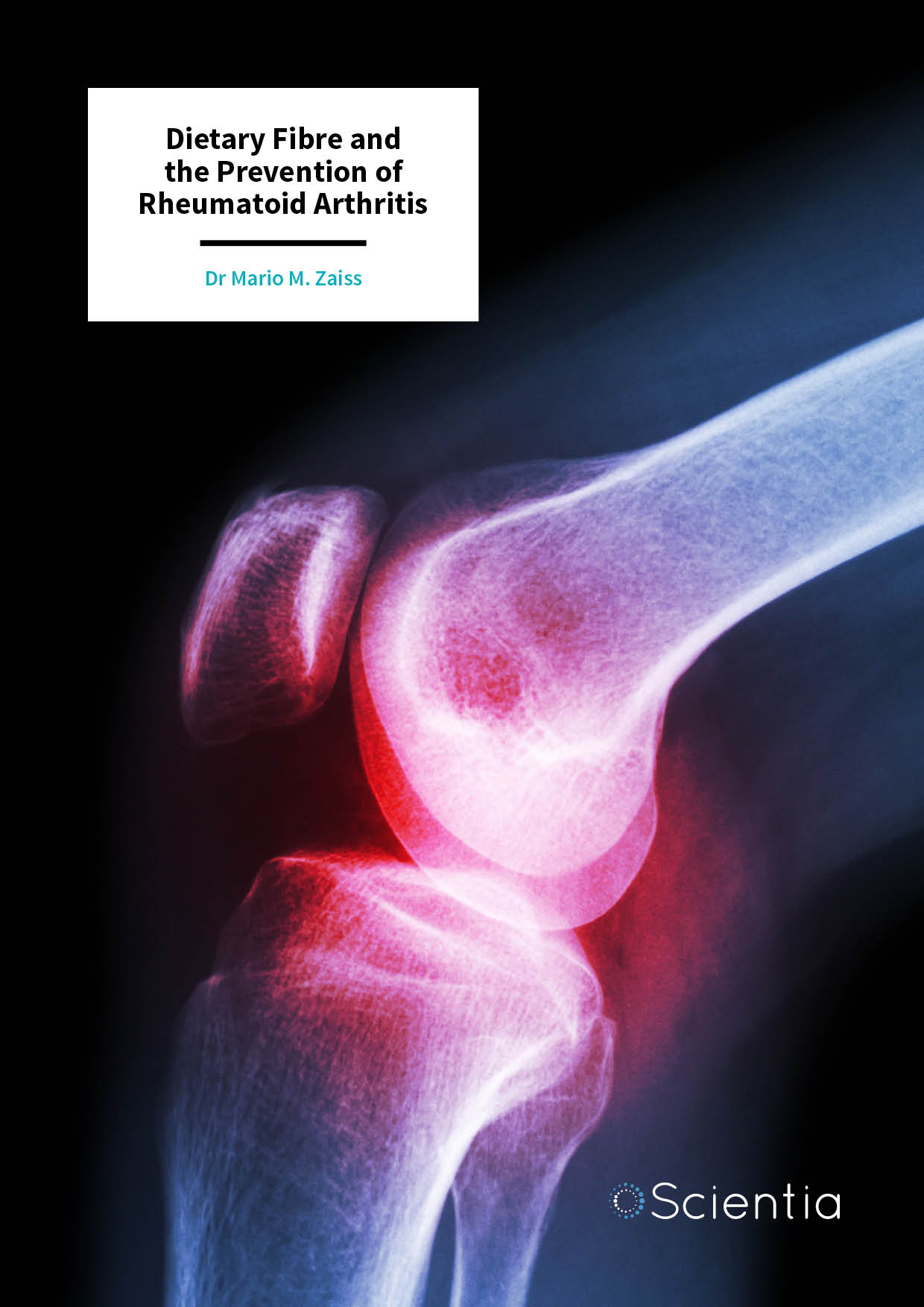
Dr Mario Zaiss – Dietary Fibre and the Prevention of Rheumatoid Arthritis
Rheumatoid arthritis is an autoimmune disease that results in painful and swollen joints, among other complications. Although treatment can alleviate the symptoms, more research is needed to understand the underlying causal mechanisms that could be exploited to prevent it. Dr Mario Zaiss the University of Erlangen-Nürnberg has carried out extensive research in this field and focuses on the impact of diet. He has made the exciting and important discovery that a high-fibre diet produces metabolites that play a vital role in preventing the onset of rheumatoid arthritis.
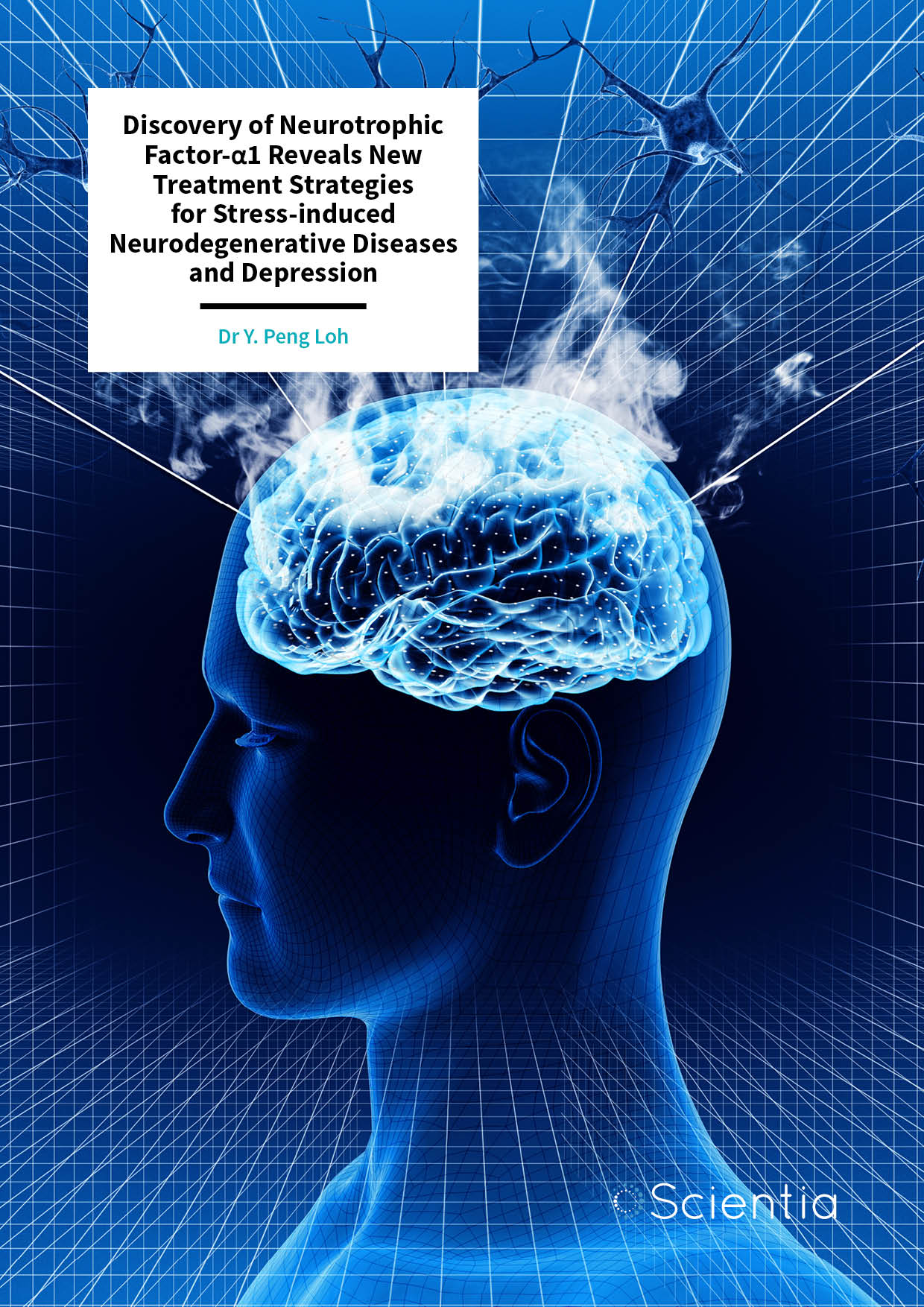
Dr Y. Peng Loh – Discovery of Neurotrophic Factor-α1 Reveals New Treatment Strategies for Stress-induced Neurodegenerative Diseases and Depression
Stress produces numerous negative effects on the human body. Lying deep within the brain, one particularly sensitive area is the hippocampus, where chronic exposure to stress hormones can lead to the degeneration and death of neurons. Thankfully, the brain holds defence mechanisms that block some of these negative effects. Deciphering these mechanisms with the aim of better treating neurodegenerative diseases and depression is Dr Y. Peng Loh from the Eunice Kennedy Shriver National Institute of Child Health and Human Development in the USA.
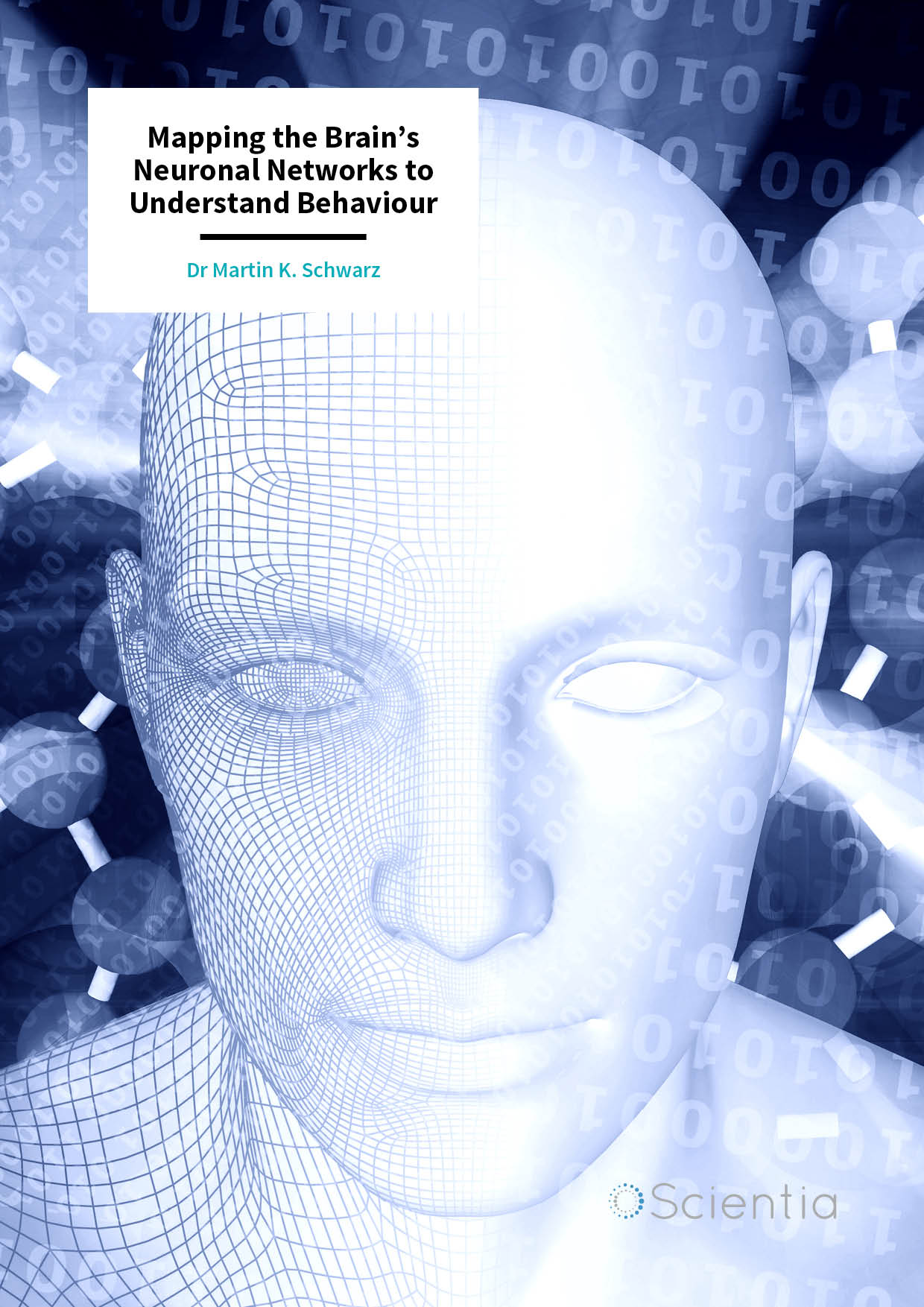
Dr Martin Schwarz – Mapping the Brain’s Neuronal Networks to Understand Behaviour
The human brain is wonderfully complex. Billions of neuron cells connect in unique ways to create networks that determine each individual’s brain function and consequent behaviour. Given the expanse and complexity of these networks, it is not surprising that they are not yet fully mapped out or understood. Bringing innovative new and exciting ideas to this field of neurobiology is Dr Martin Schwarz from the Institute for Experimental Epileptology and Cognition Research and the Life & Brain Center at the University of Bonn Medical Center in Germany.
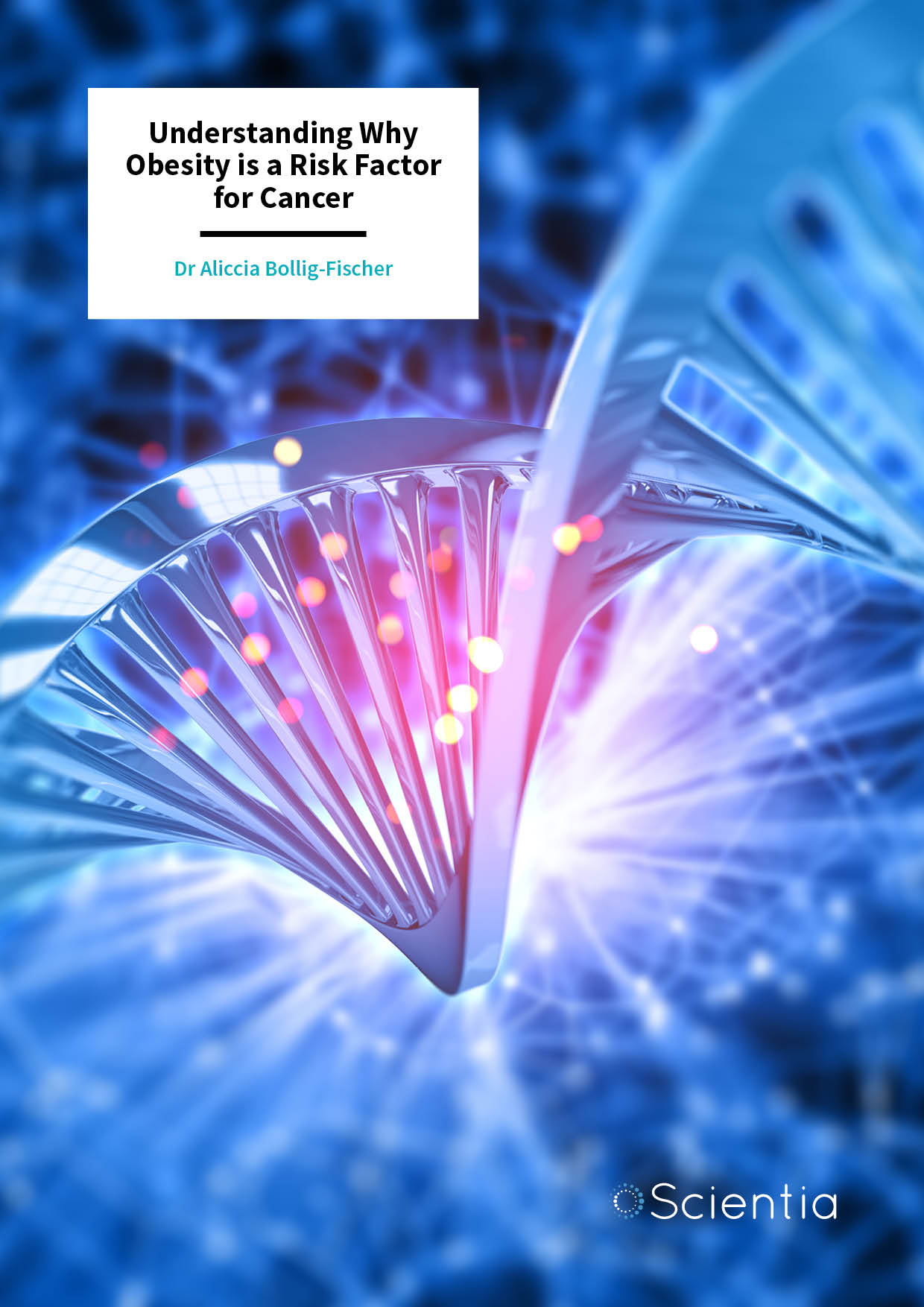
Dr Aliccia Bollig-Fischer – Understanding Why Obesity is a Risk Factor for Cancer
Cancer can be caused by genetic mutations or epigenetic alterations, which are changes to the way DNA is processed, rather than to the DNA itself. These changes can be brought about by obesity, and more specifically, oxidative stress and consequent reactive oxygen species. However, the molecular mechanisms by which this occurs are not well understood. Dr Aliccia Bollig-Fischer from Wayne State University School of Medicine in Michigan is studying these processes and paving the way for the development of novel cancer therapeutics.
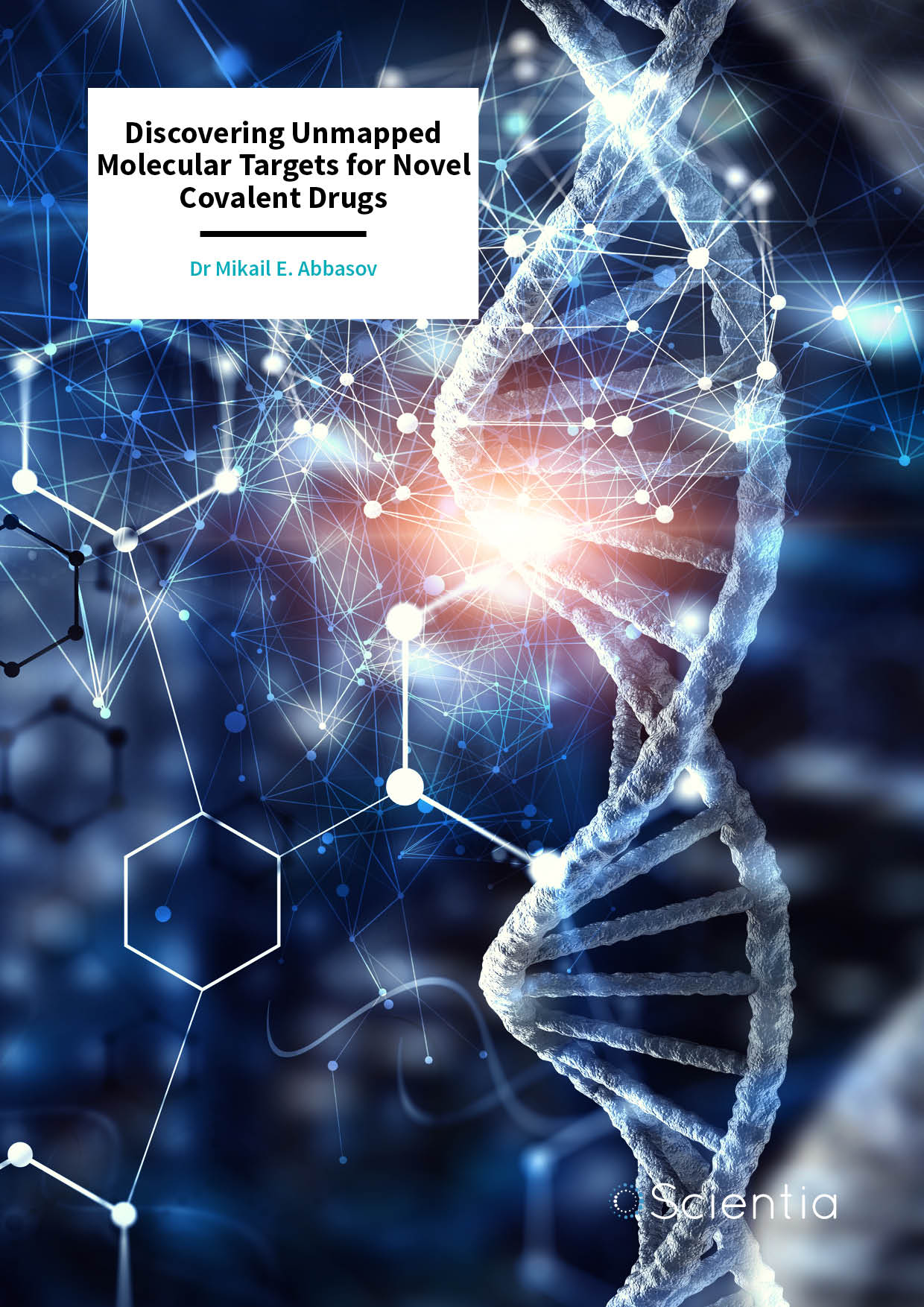
Dr Mikail Abbasov – Discovering Unmapped Molecular Targets for Novel Covalent Drugs
Covalent drugs are molecules that irreversibly bind to specific, targeted sites in the body. They work to inhibit the disease-causing functions of certain proteins by preventing them from interacting with other substances. This is a highly promising field of drug development and the focus of Dr Mikail Abbasov from Cornell University, New York, USA. By creating and utilising new technologies and through collaborative research, Dr Abbasov has mapped novel molecular targets for potential covalent drugs to treat ailments ranging from cancer to autoimmune diseases.
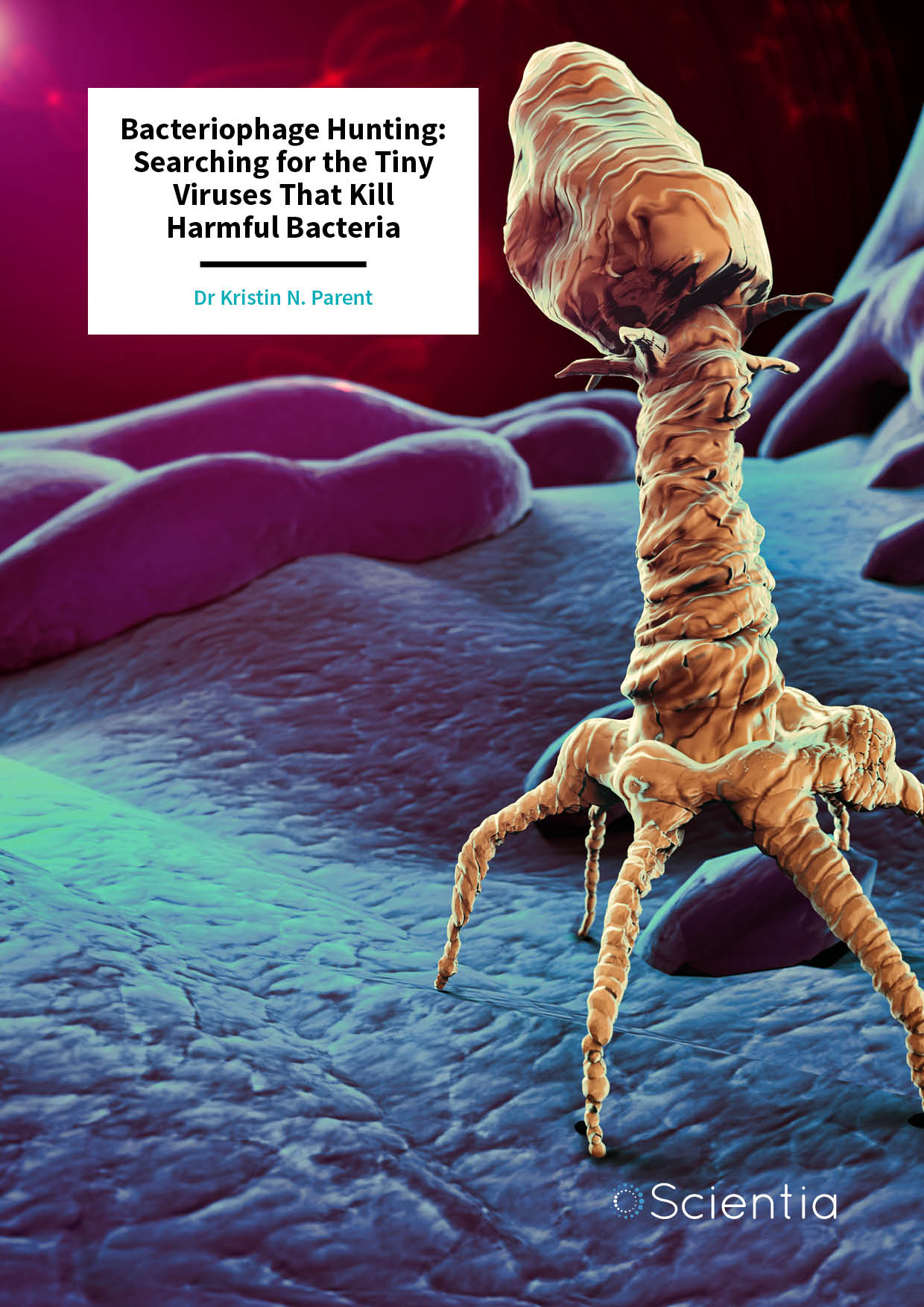
Dr Kristin Parent – Bacteriophage Hunting: Searching for the Tiny Viruses That Kill Harmful Bacteria
Bacteriophages are tiny viruses that infect and kill bacteria but are harmless to humans. With the world facing devastating antibiotic resistance in the coming years, they may be our best hope for treating bacterial disease. There are believed to be 10^31 bacteriophages in the world, and most of them have not yet been identified. Dr Kristin Parent from Michigan State University is working on exciting, collaborative projects hunting for bacteriophages in their natural environment. She has made huge strides in elucidating the mysterious and important world of bacteriophages.
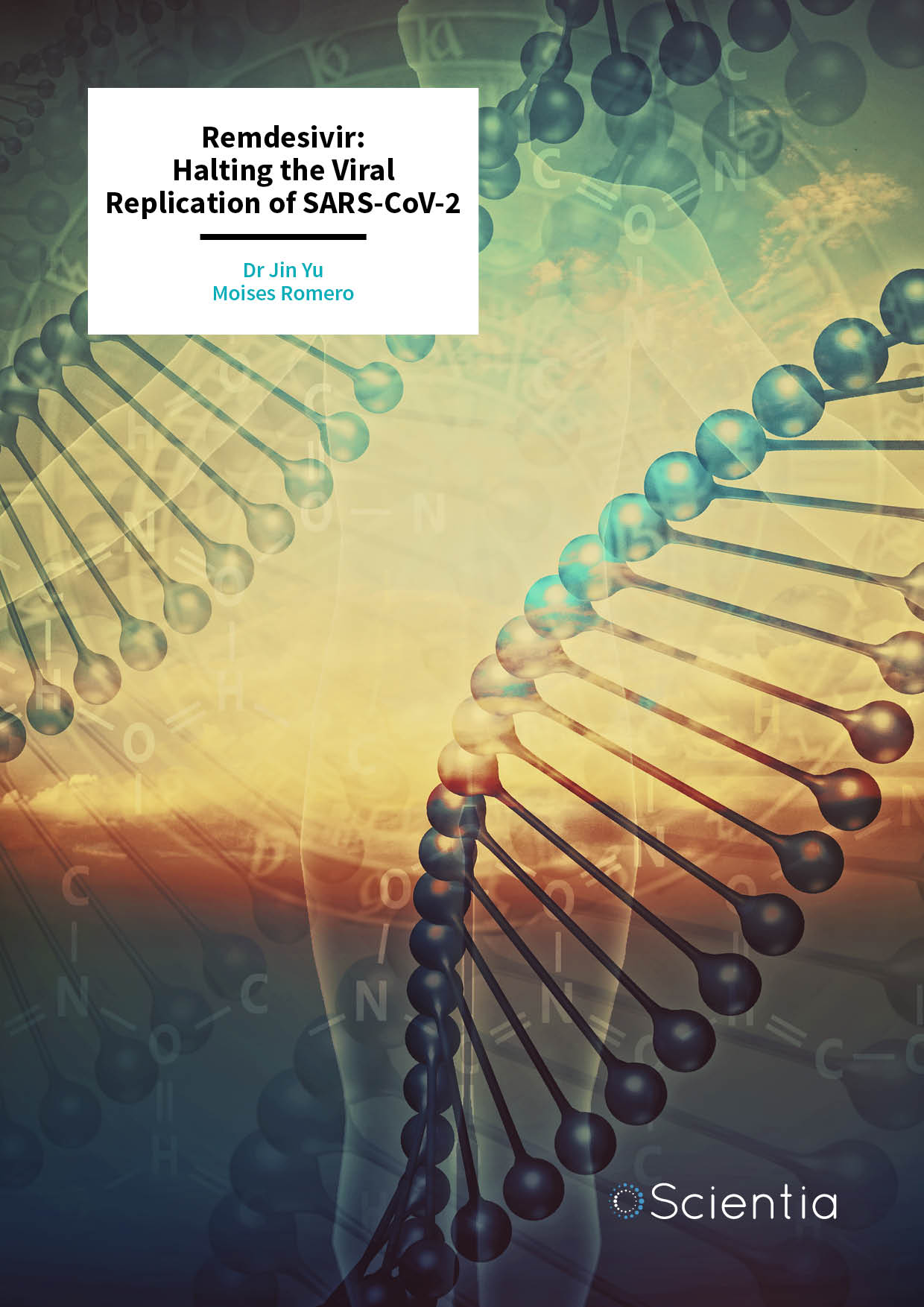
Dr Jin Yu – Remdesivir: Halting the Viral Replication of SARS-CoV-2
The design of effective antivirals is a key priority in the global effort to curb the pandemic caused by the novel coronavirus SARS-CoV-2. The FDA-approved drug Remdesivir (RDV) acts by interfering with the SARS-CoV-2 viral replication mechanism. Dr Jin Yu and her team from the University of California, Irvine, conducted a computational study to elucidate how the RNA-dependent RNA polymerase (RdRp), responsible for SARS-CoV-2 genomic replication, is inhibited by RDV. Excitingly, they showed that RDV binds tightly to RdRp, stabilising a closed conformation of the active site for successful incorporation to effectively halt viral replication.
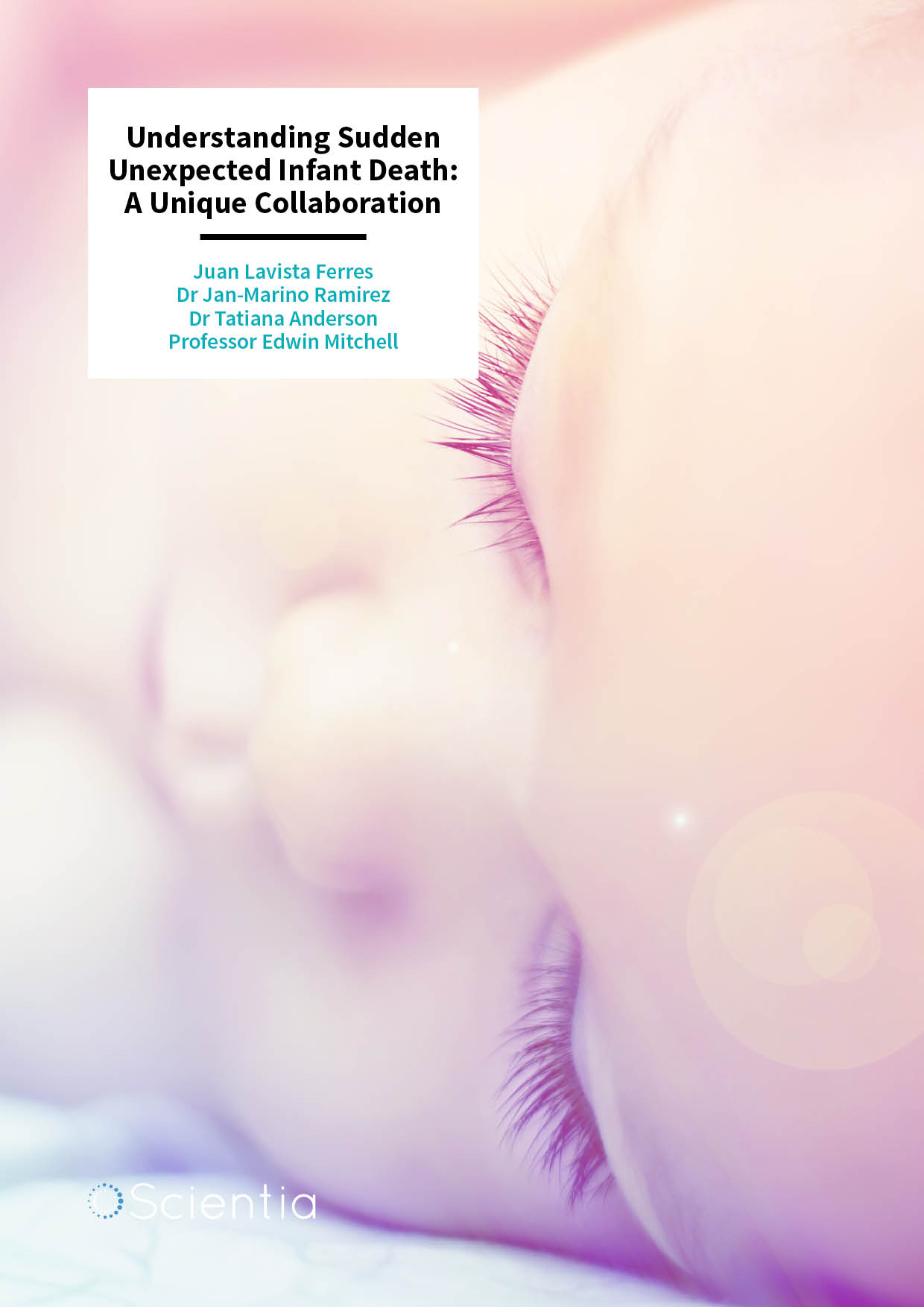
Juan Lavista Ferres | Dr Jan-Marino Ramirez | Dr Tatiana Anderson | Professor Edwin Mitchell – Understanding Sudden Unexpected Infant Death: A Unique Collaboration
When a supposedly healthy infant passes away, it can be hard to understand why. Juan Lavista Ferres (Microsoft), Dr Jan-Marino Ramirez and Dr Tatiana Anderson (both from Seattle Children’s Research Institute), and Professor Edwin Mitchell (University of Auckland), form the core of a novel collaboration to conduct vital and extensive research into the risk factors and mechanisms behind sudden unexpected infant death. This unique collaboration spanning across disciplines, industries and continents, is providing the deeper understanding that is needed to prevent unnecessary infant deaths.
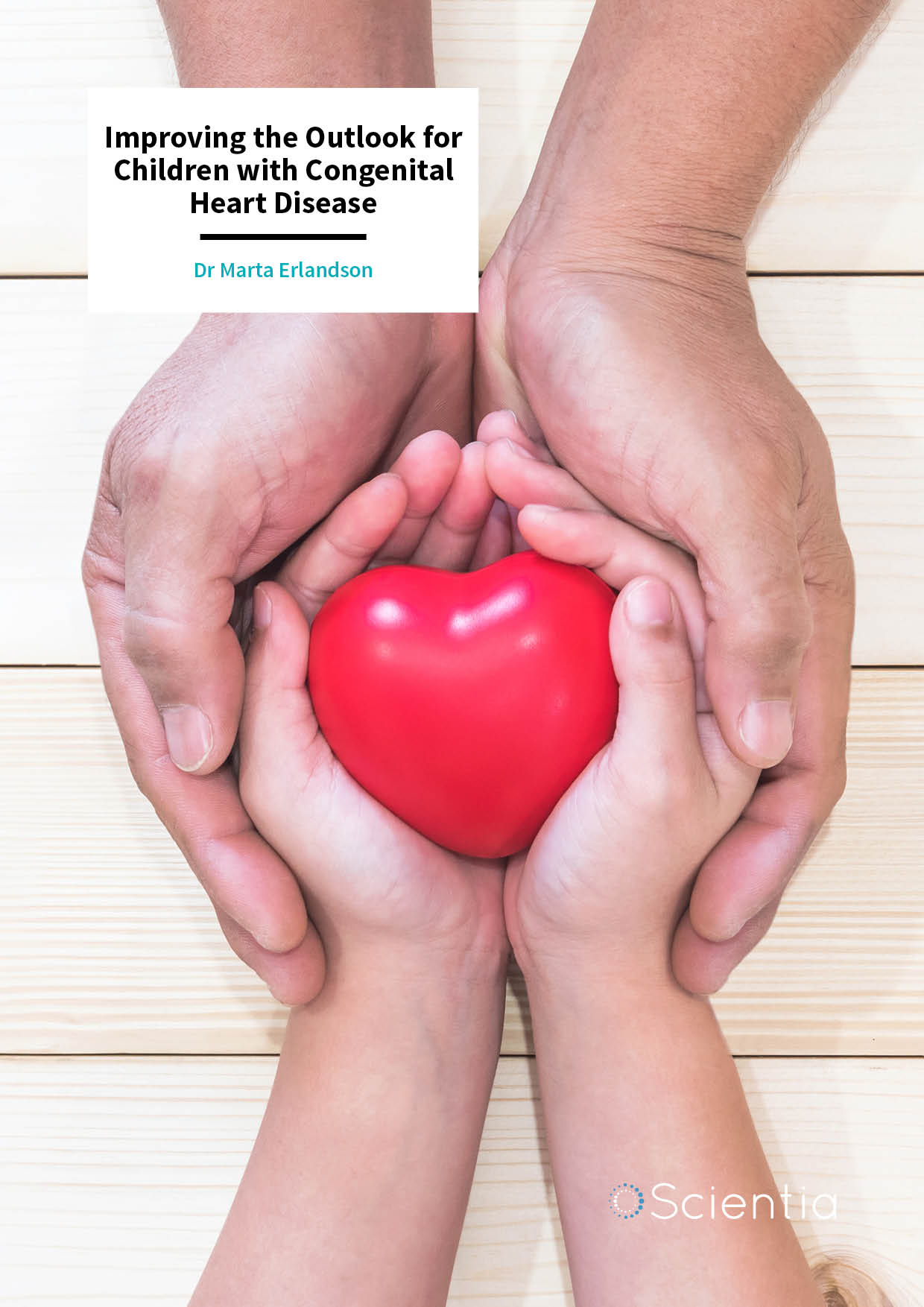
Dr Marta Erlandson – Improving the Outlook for Children with Congenital Heart Disease
Congenital heart disease (CHD) is one of the most common birth defects across the globe. Although prospects and survival rates are improving, there is scant understanding or help available to get children with CHD active. Many believe physical activity is risky or outright dangerous, and as a result, children with CHD are at risk of obesity and other chronic conditions later in life. Dr Marta Erlandson from the University of Saskatchewan has aided the creation of CHAMPS, an innovative program for children with CHD, where researchers and children are learning how to manage the disorder from each other.
